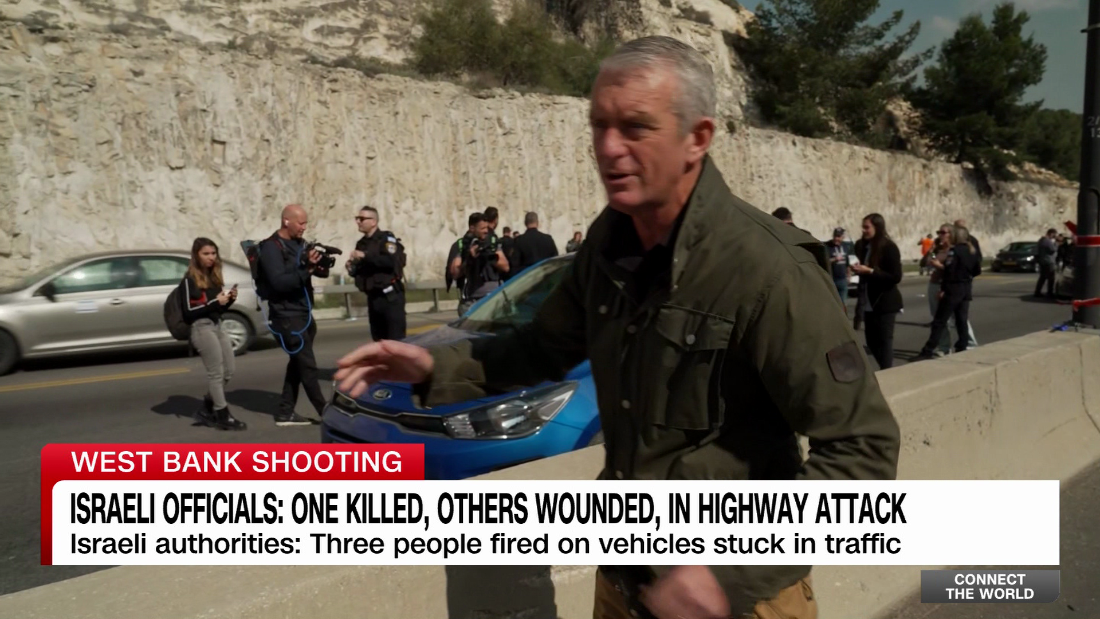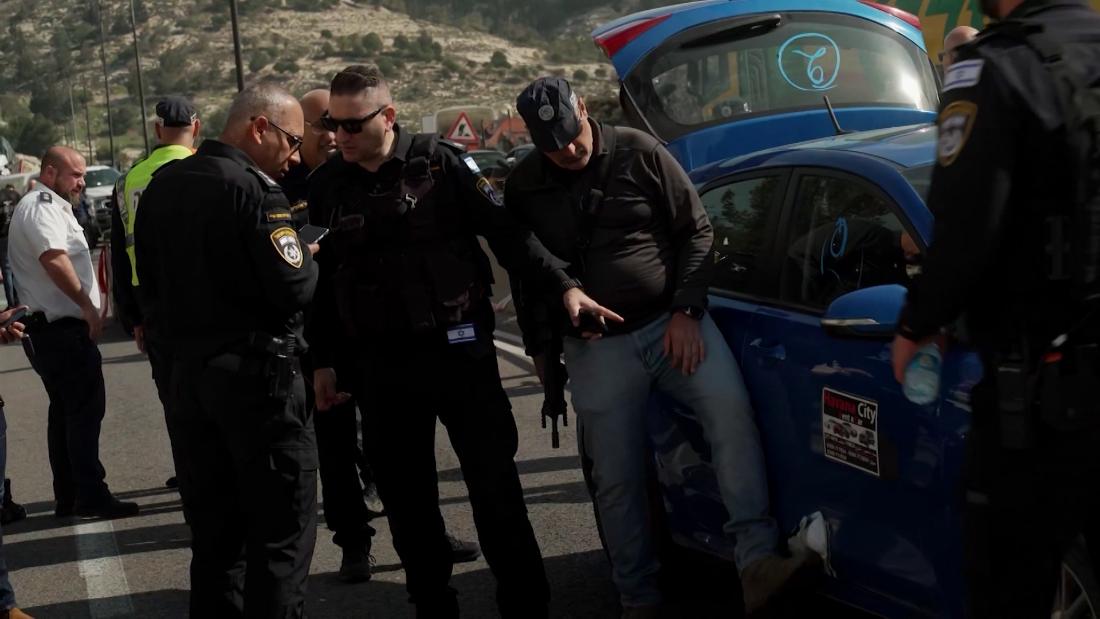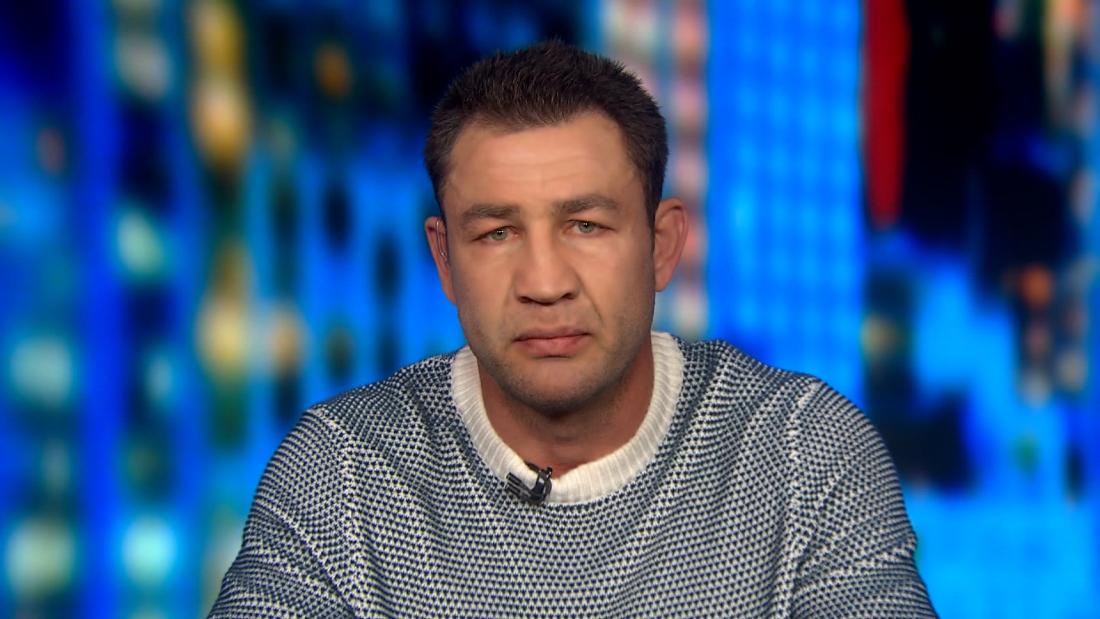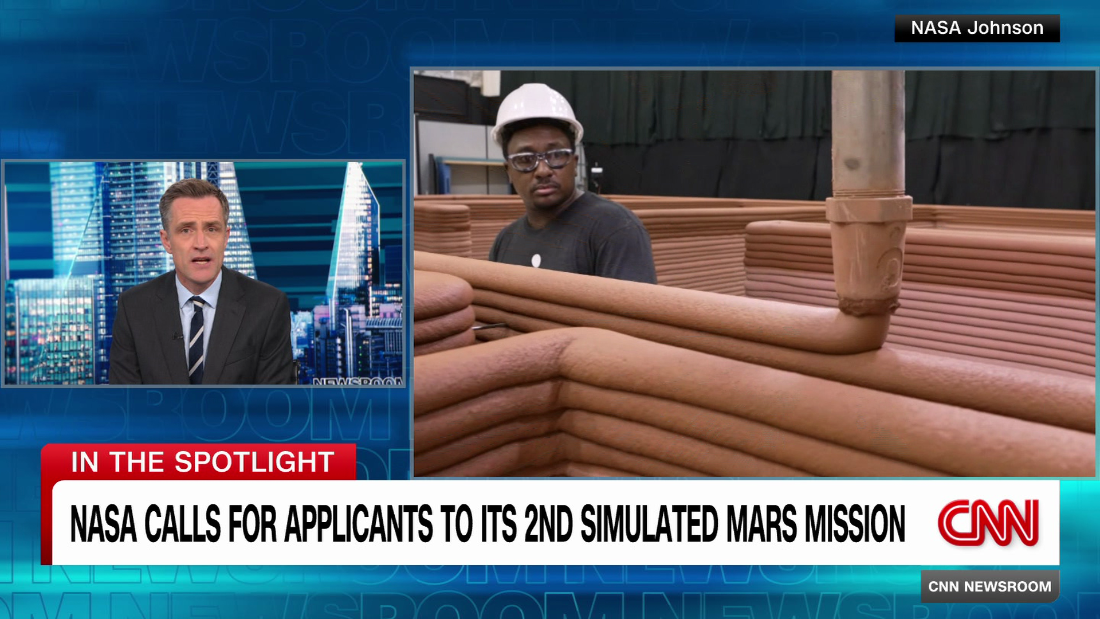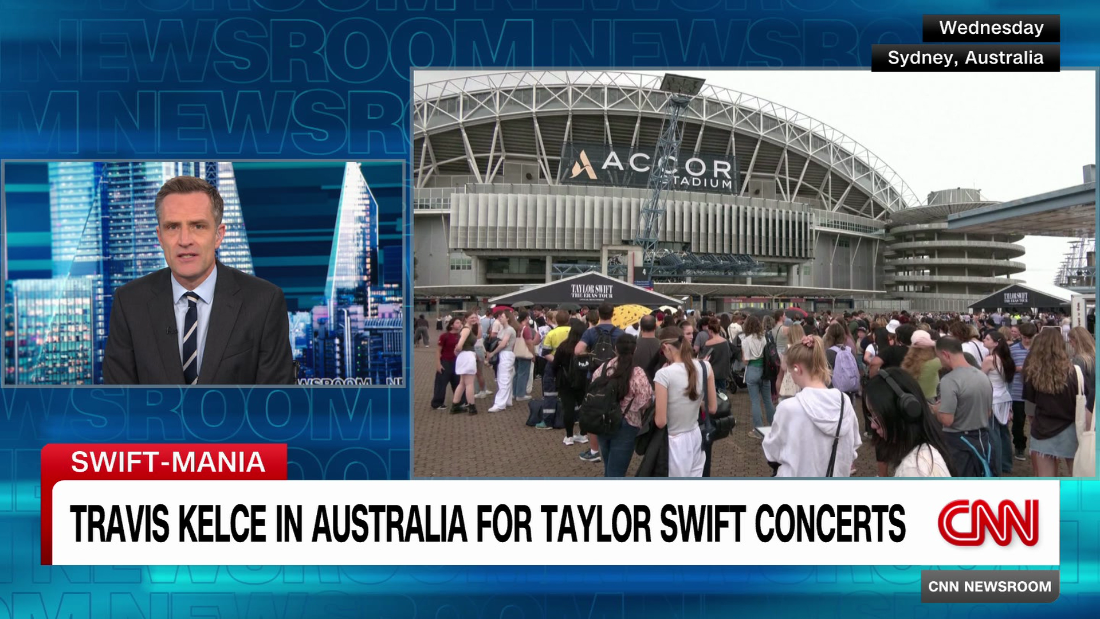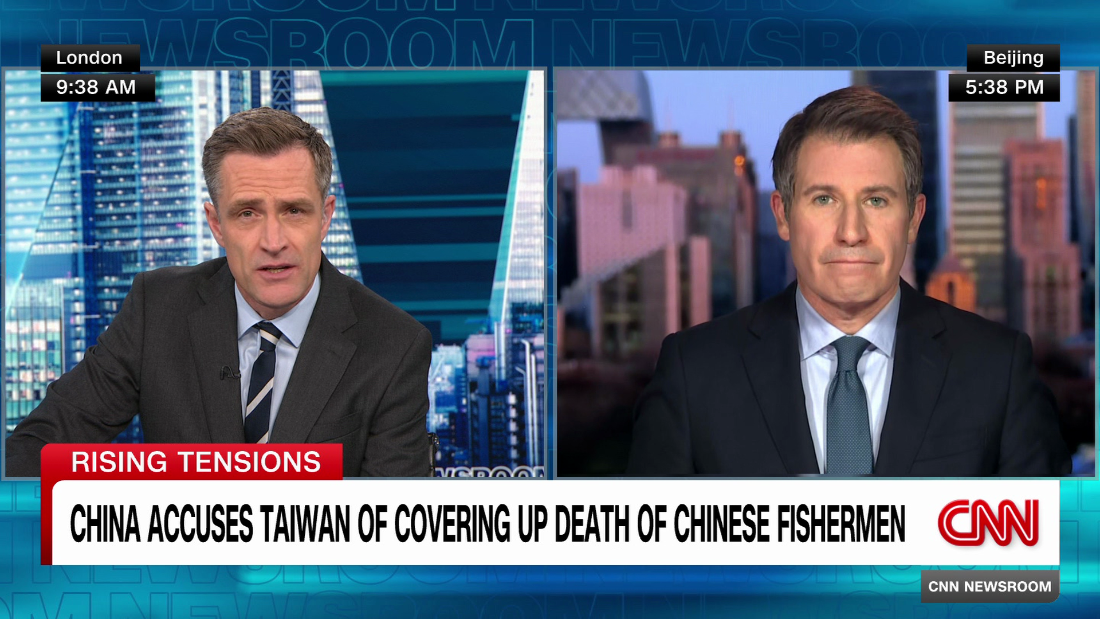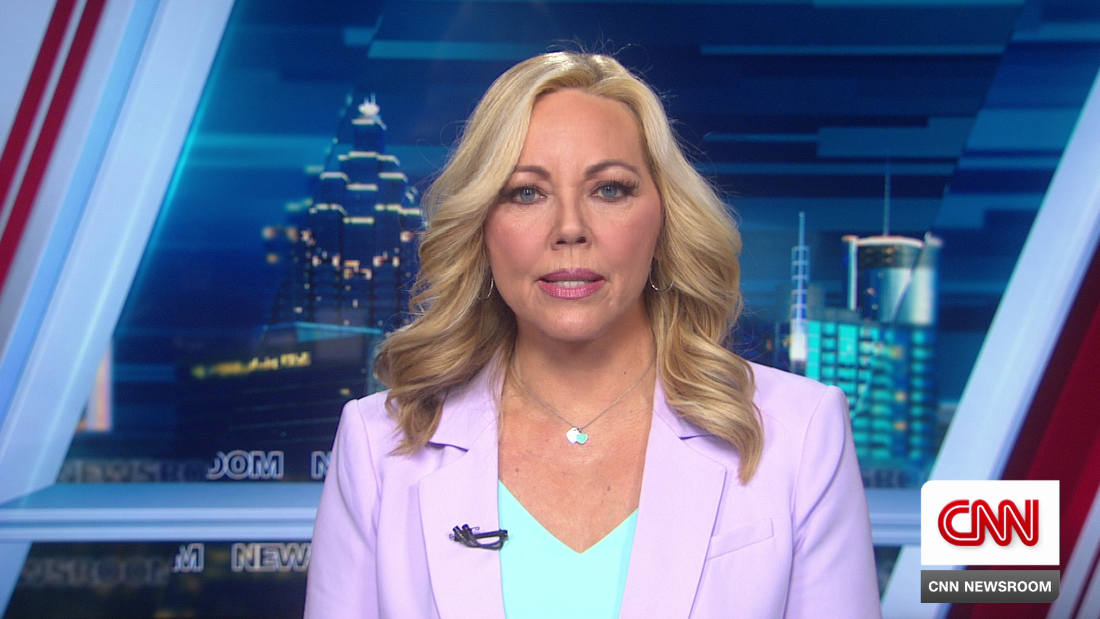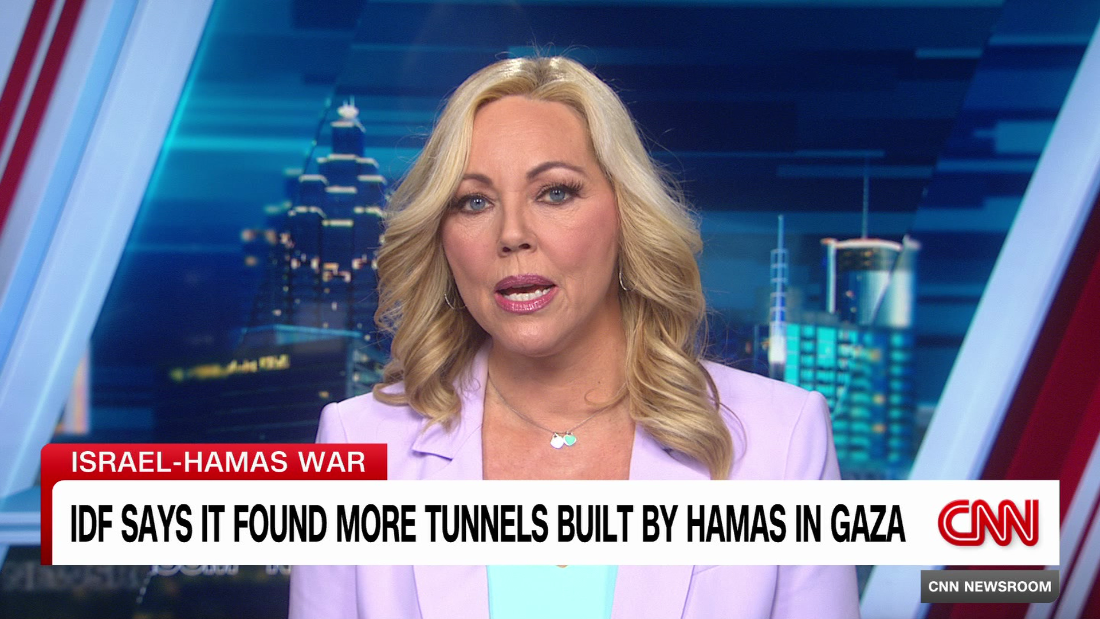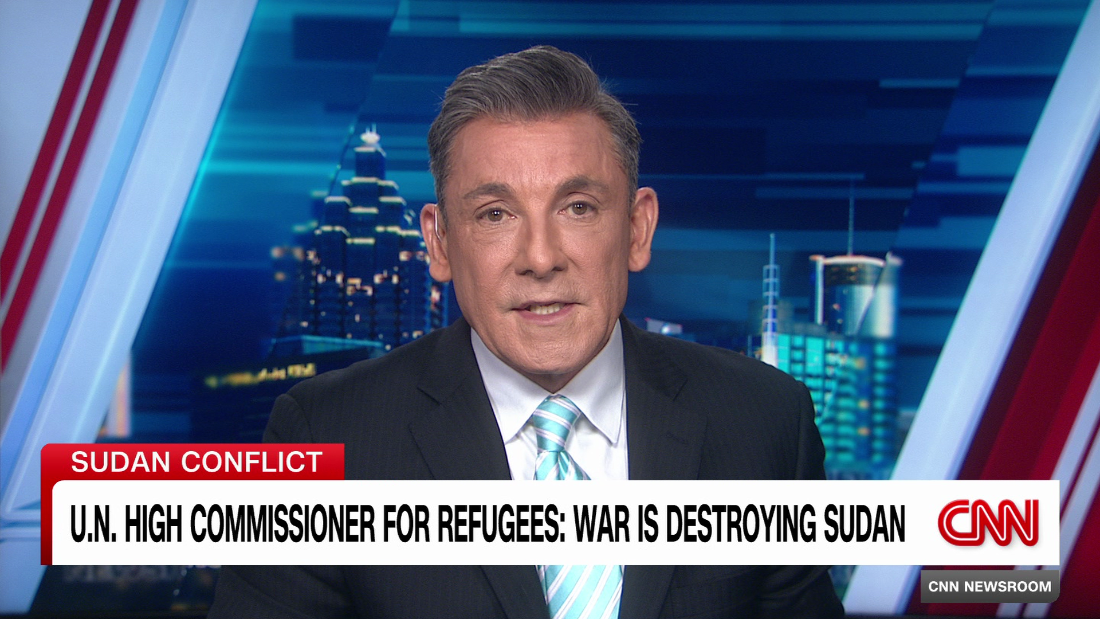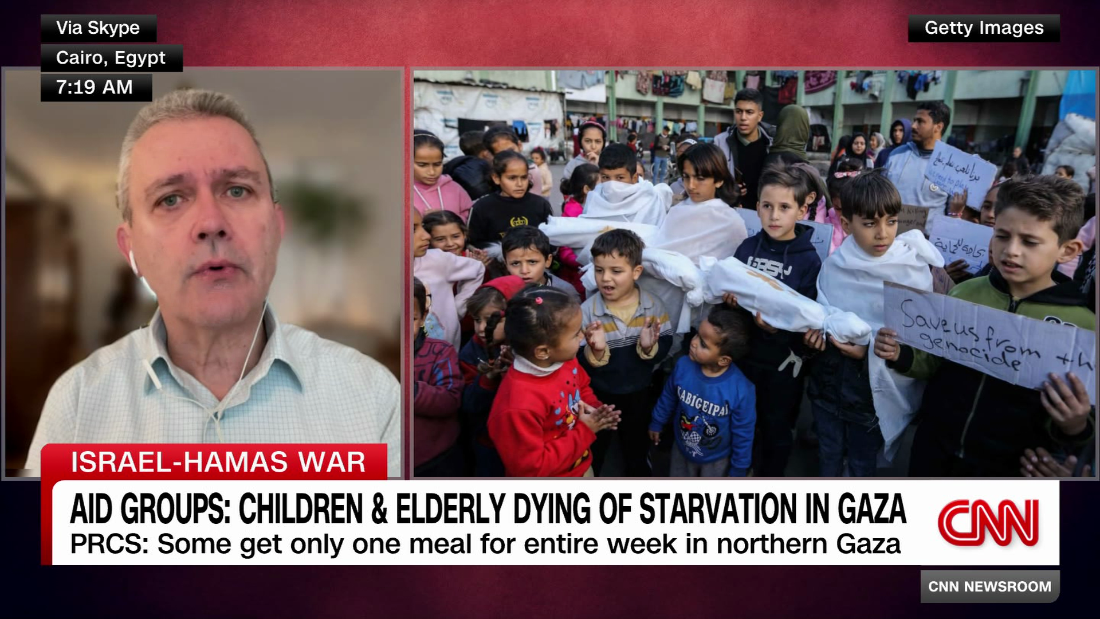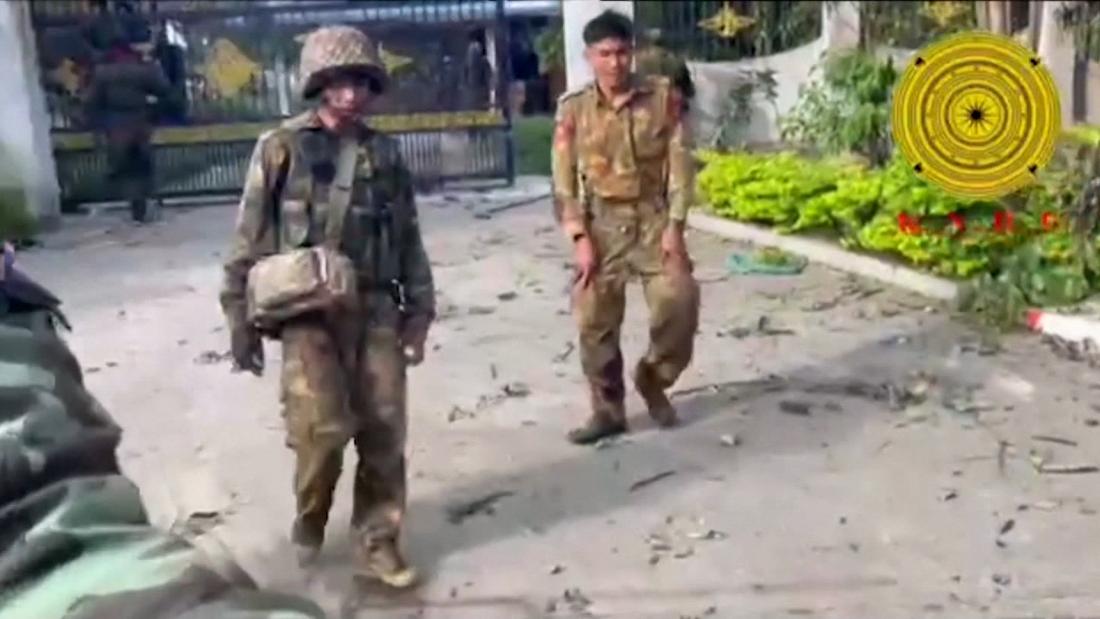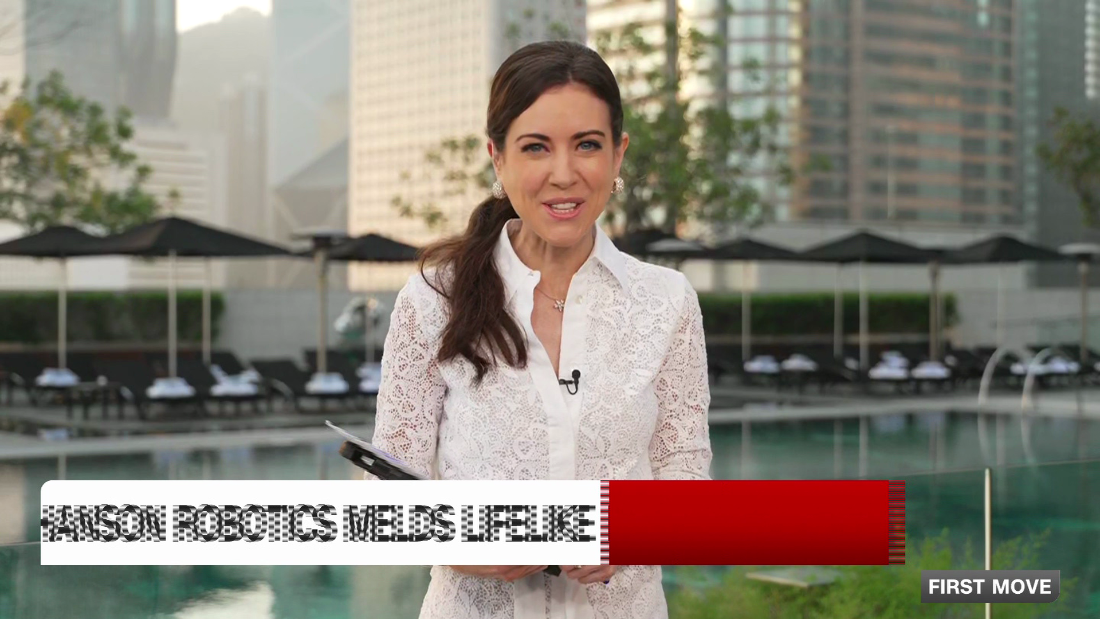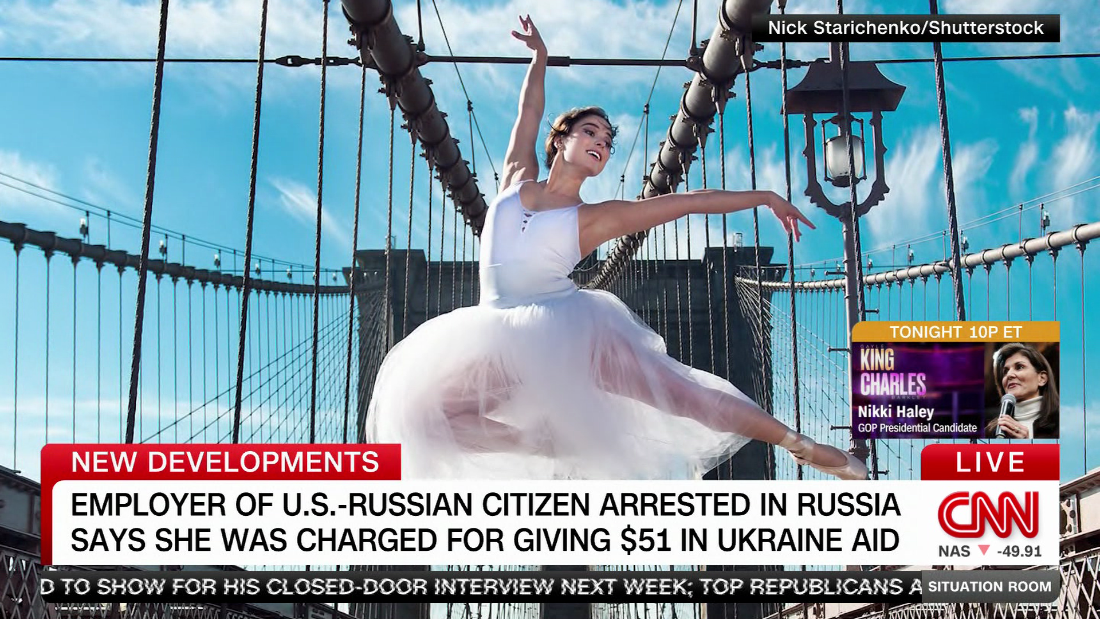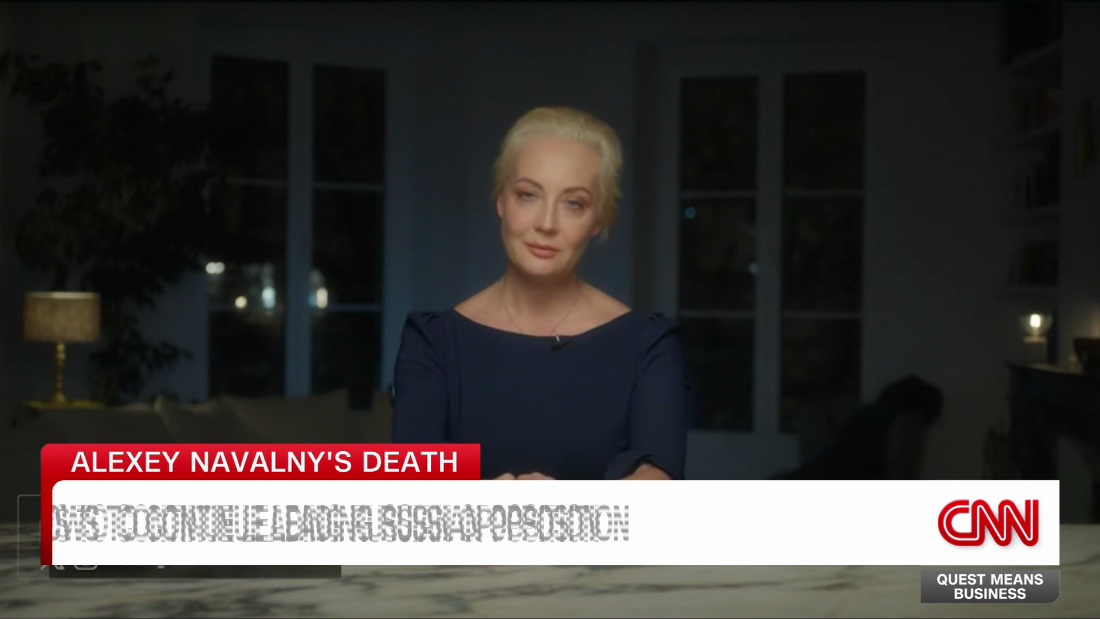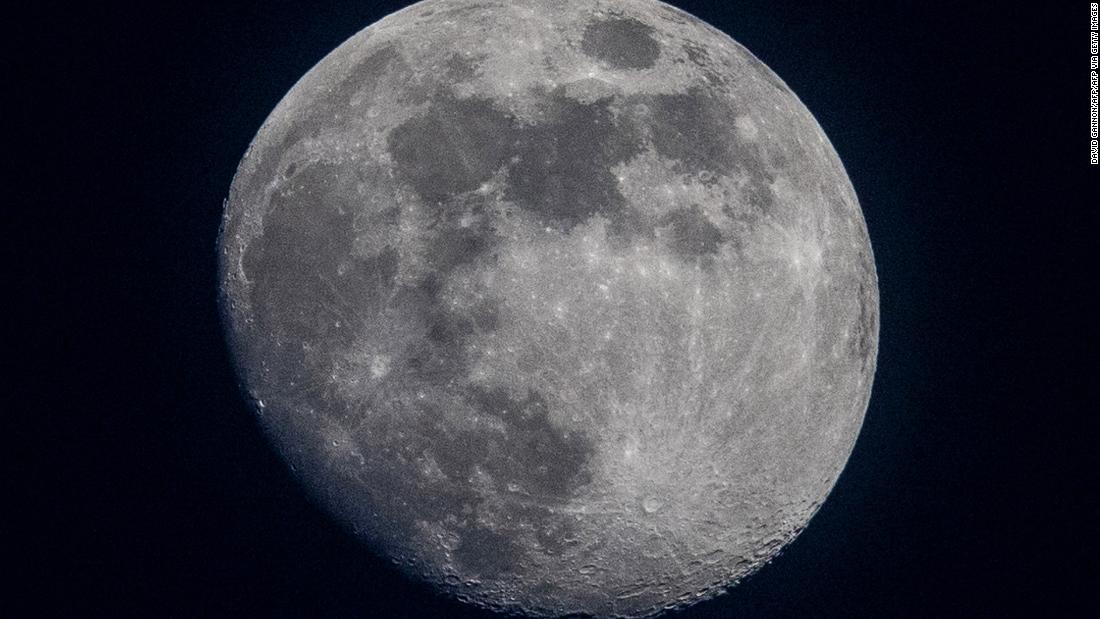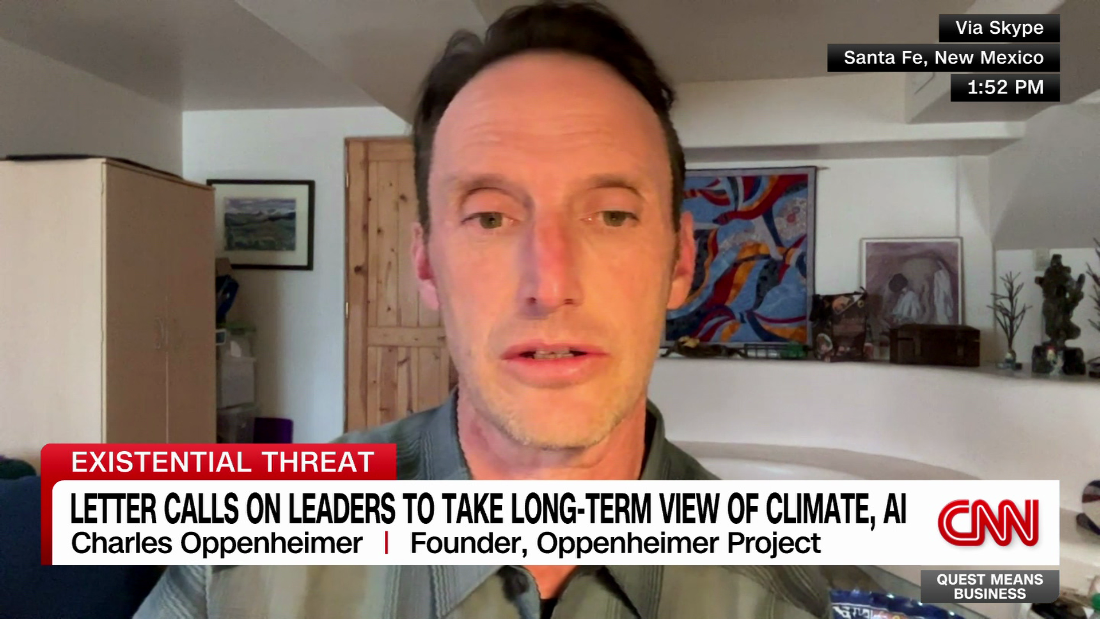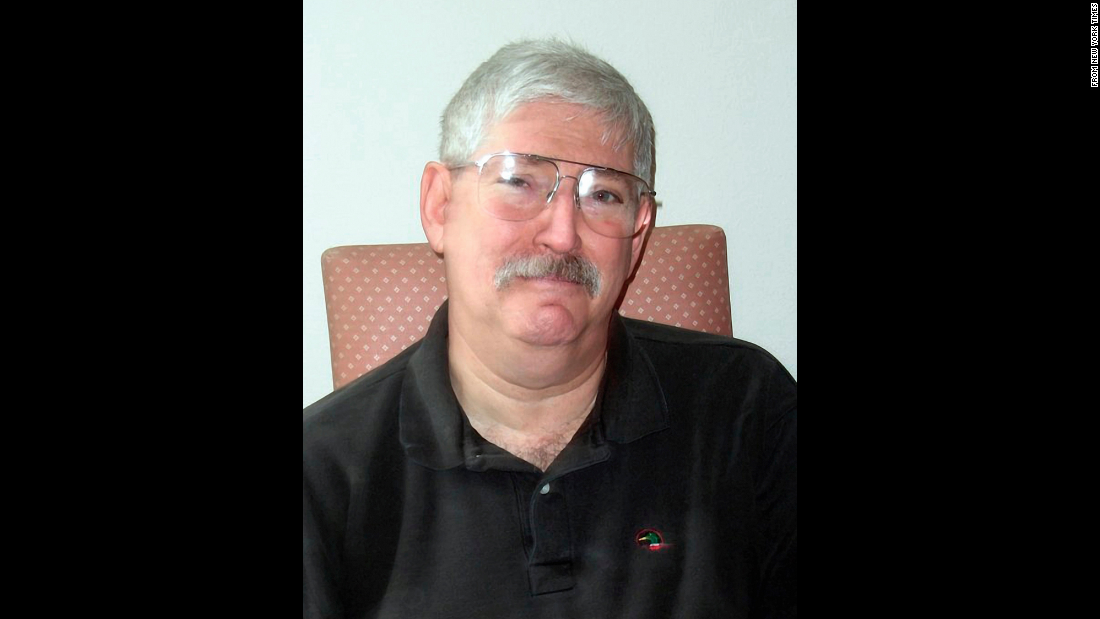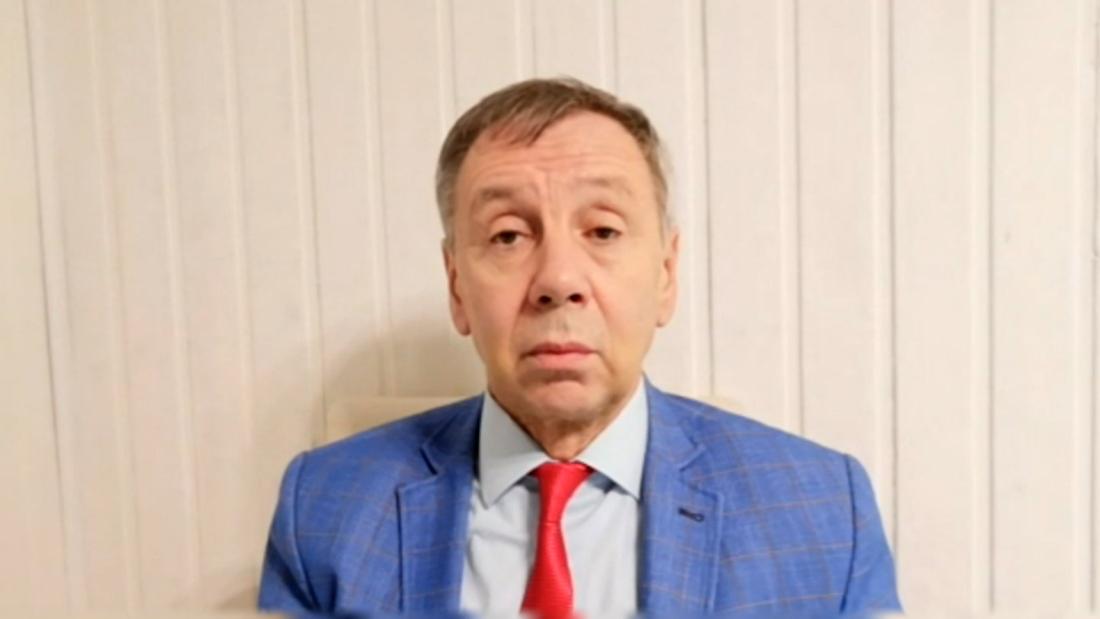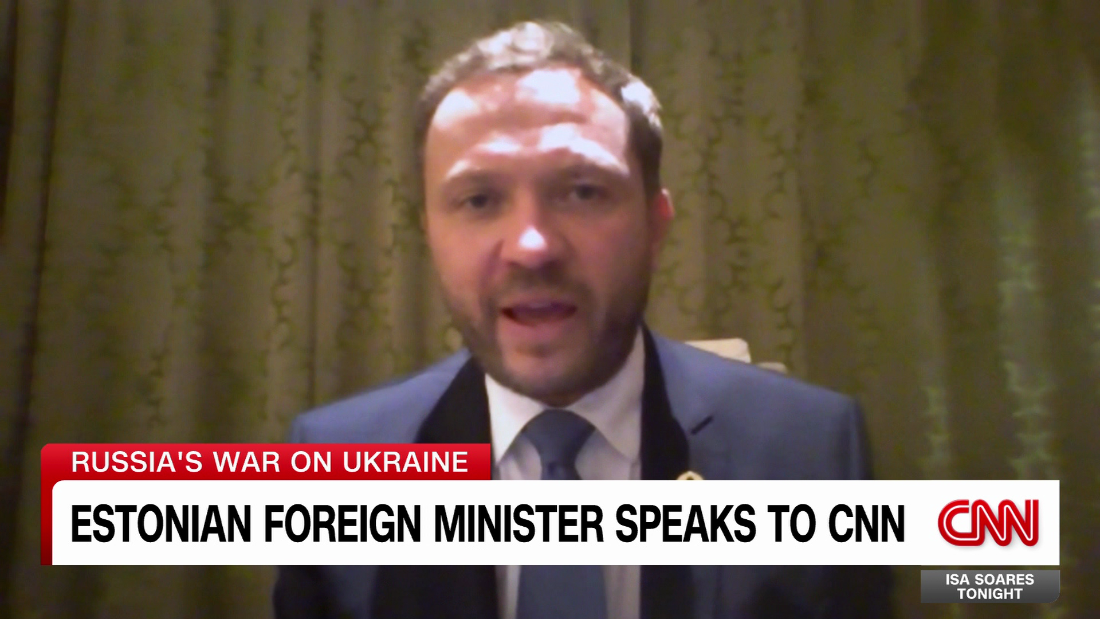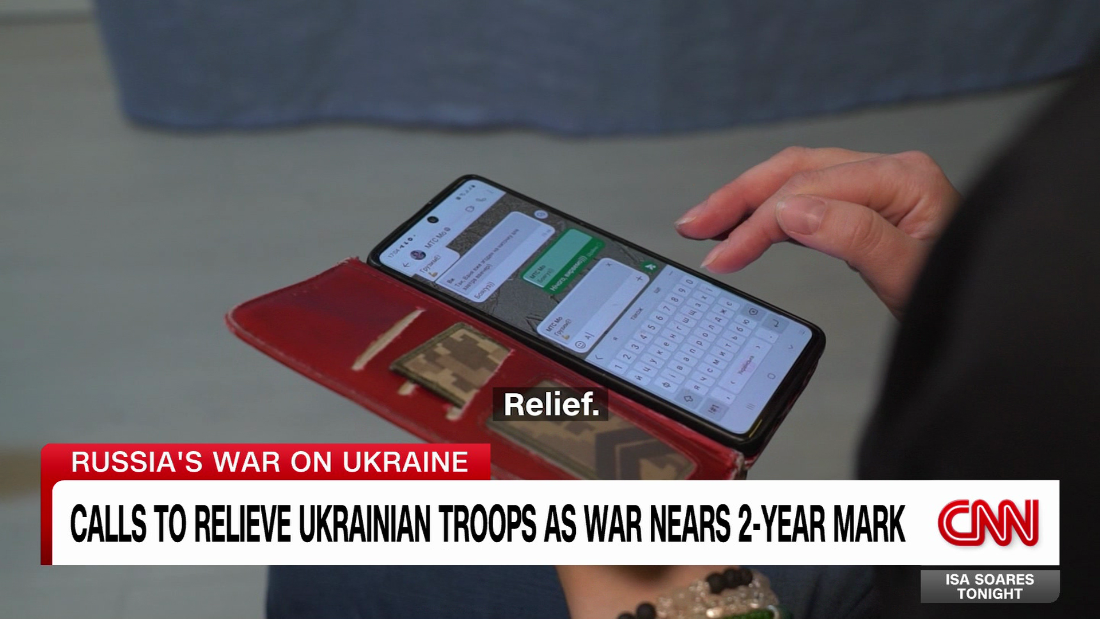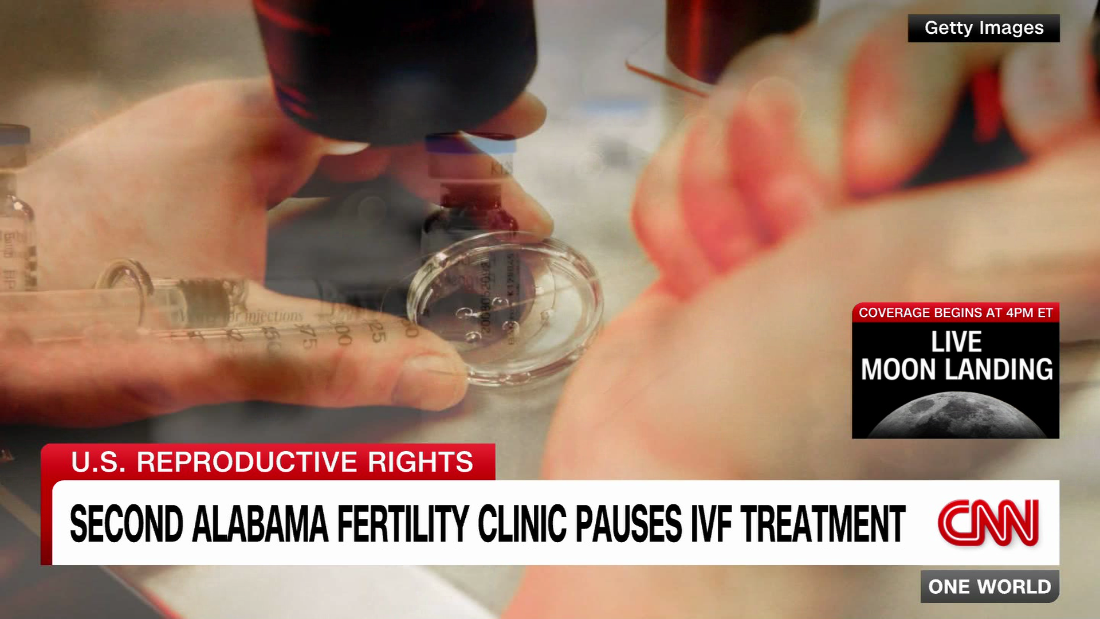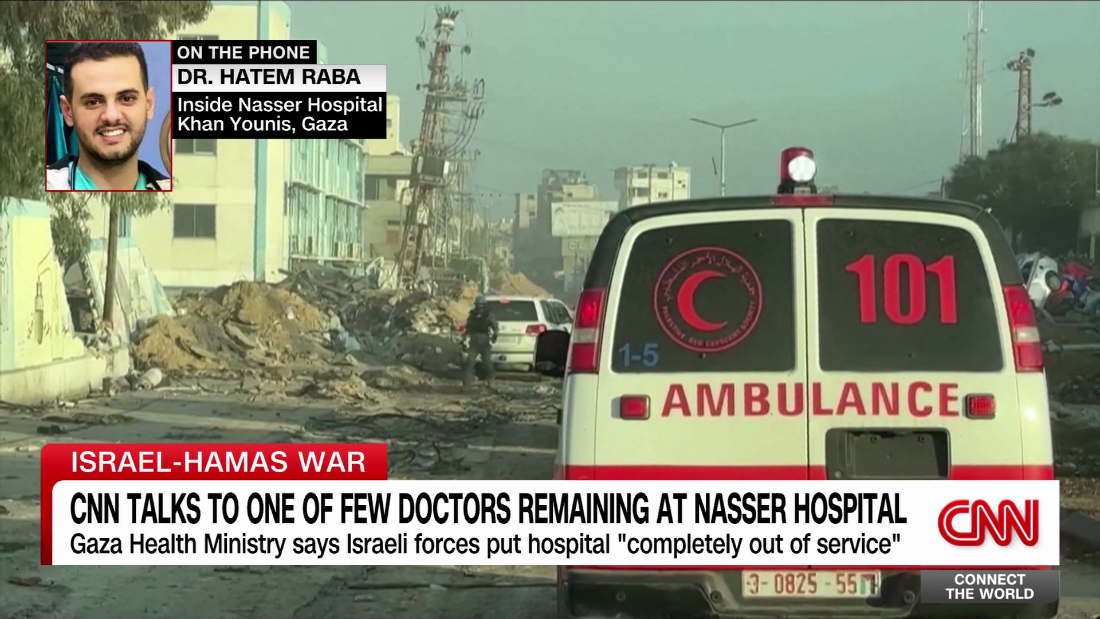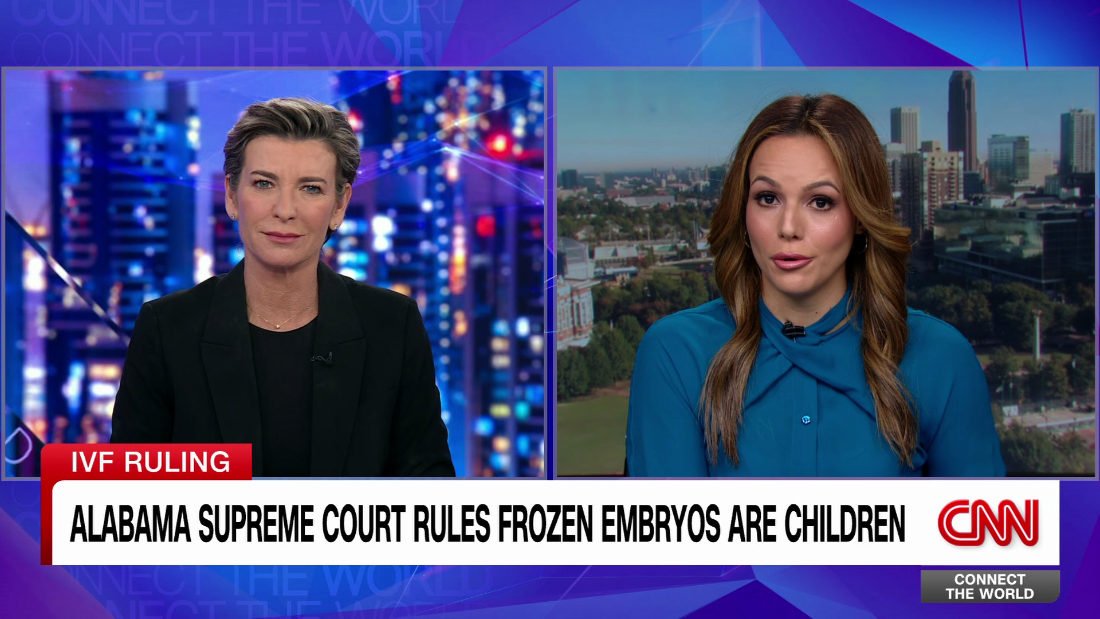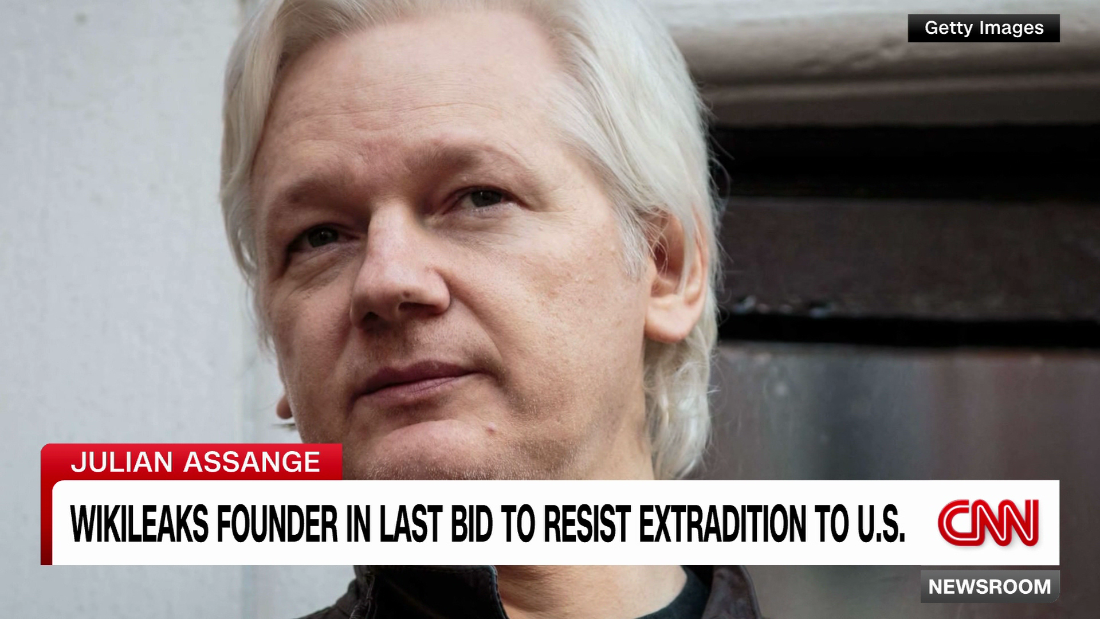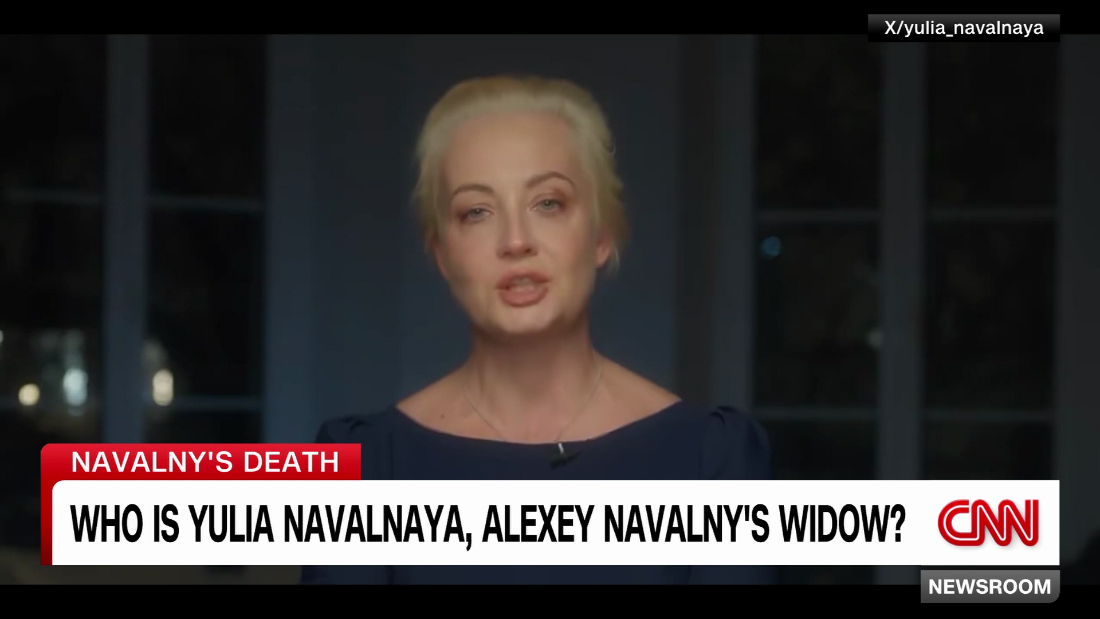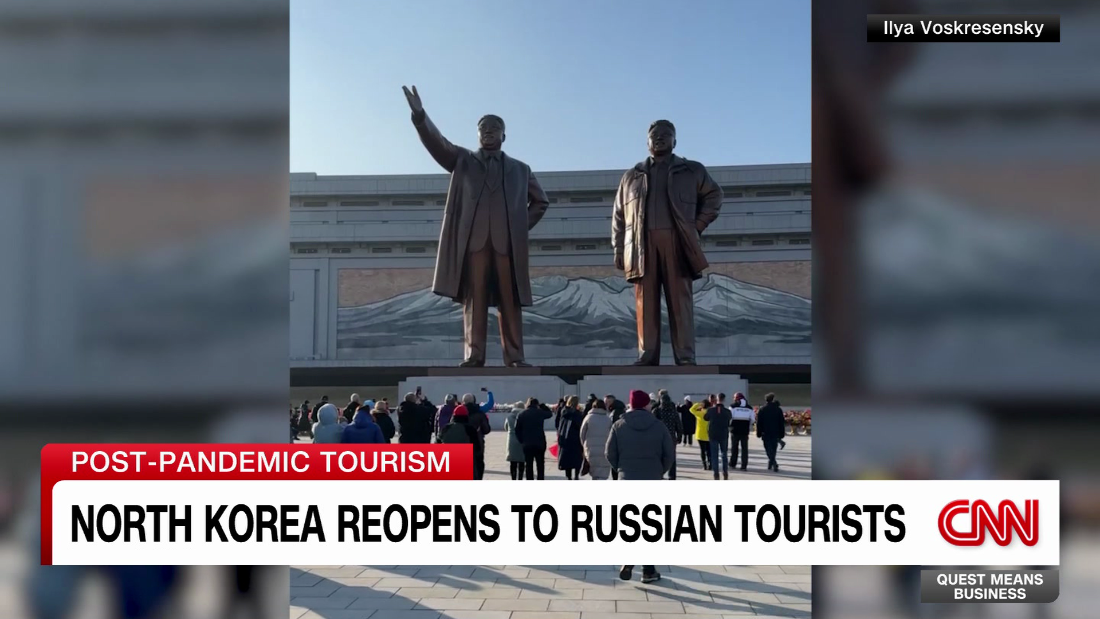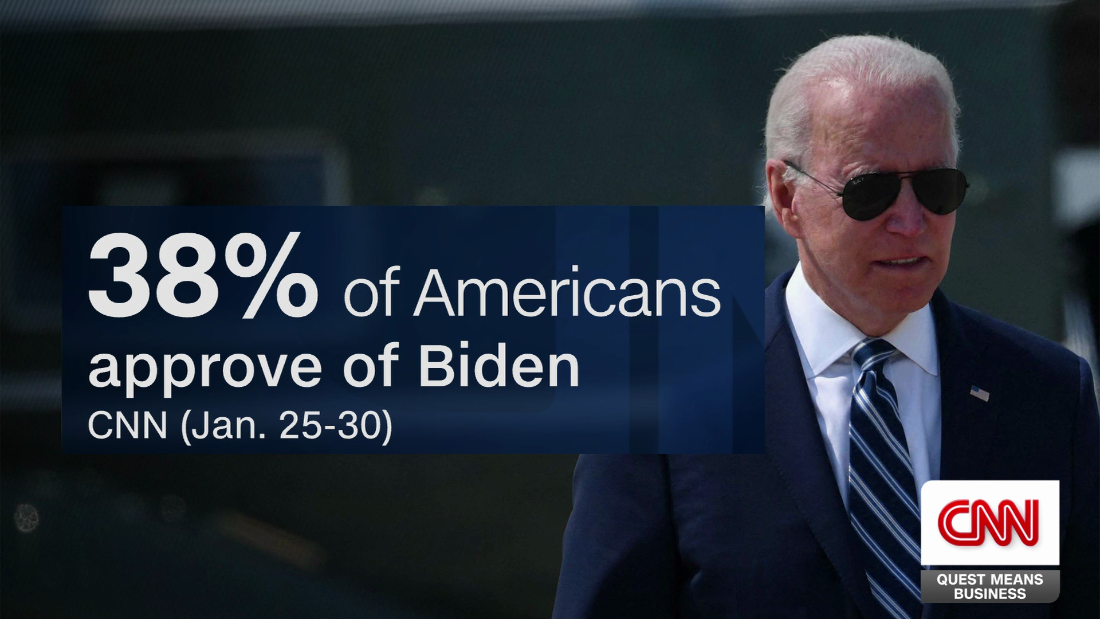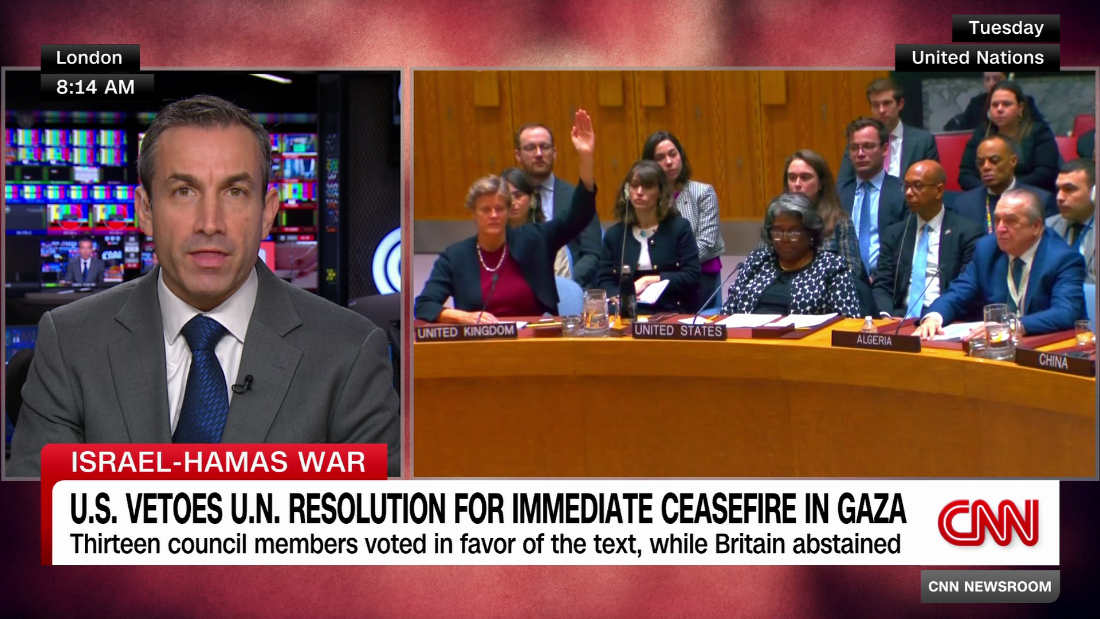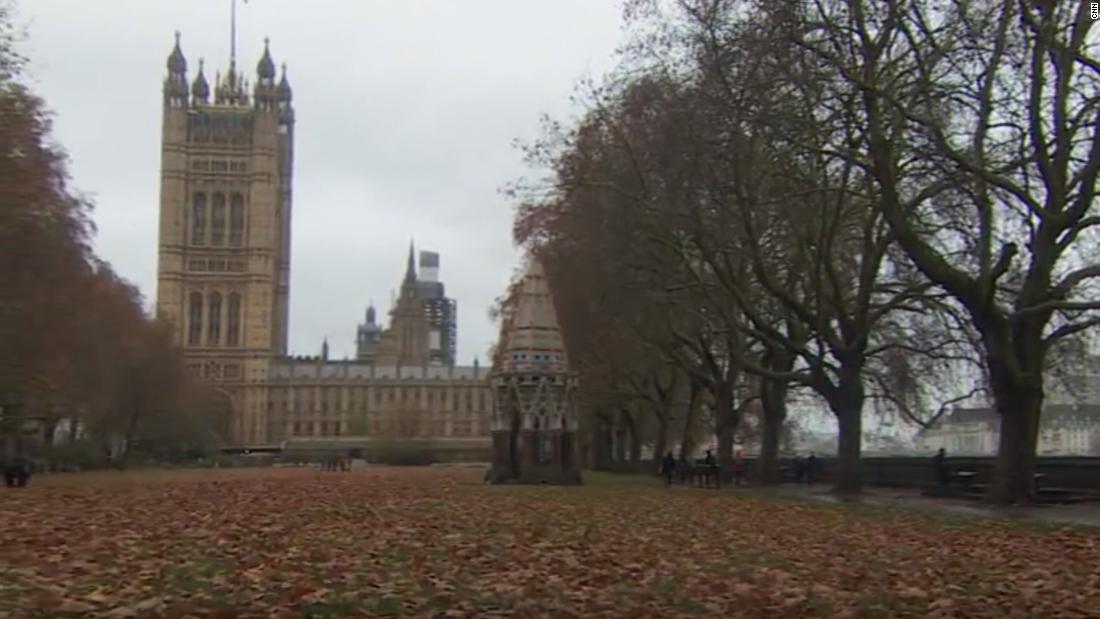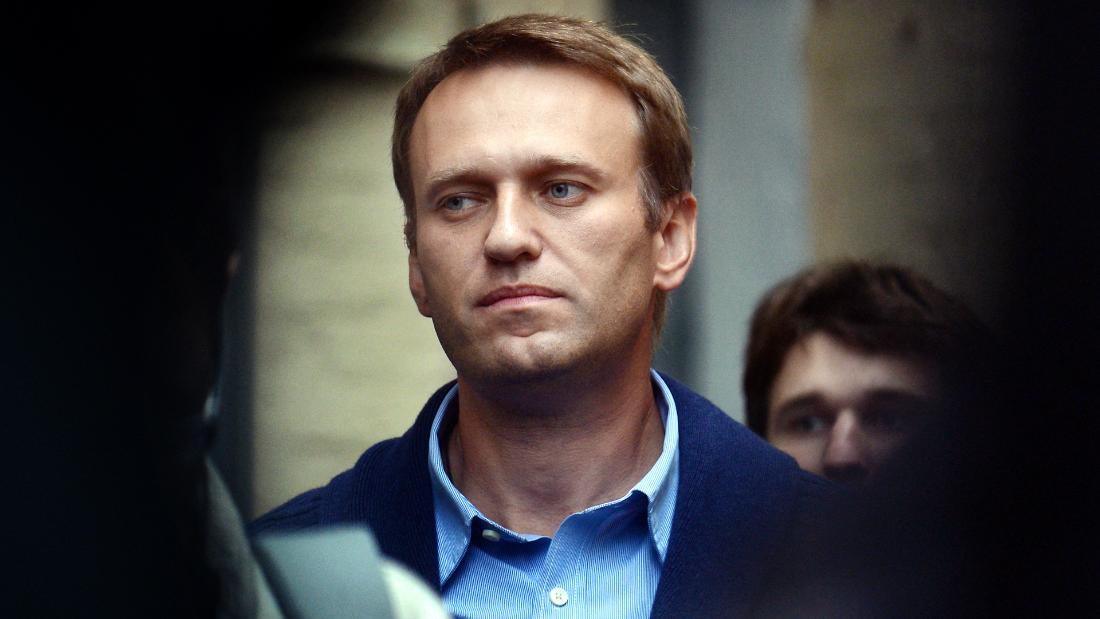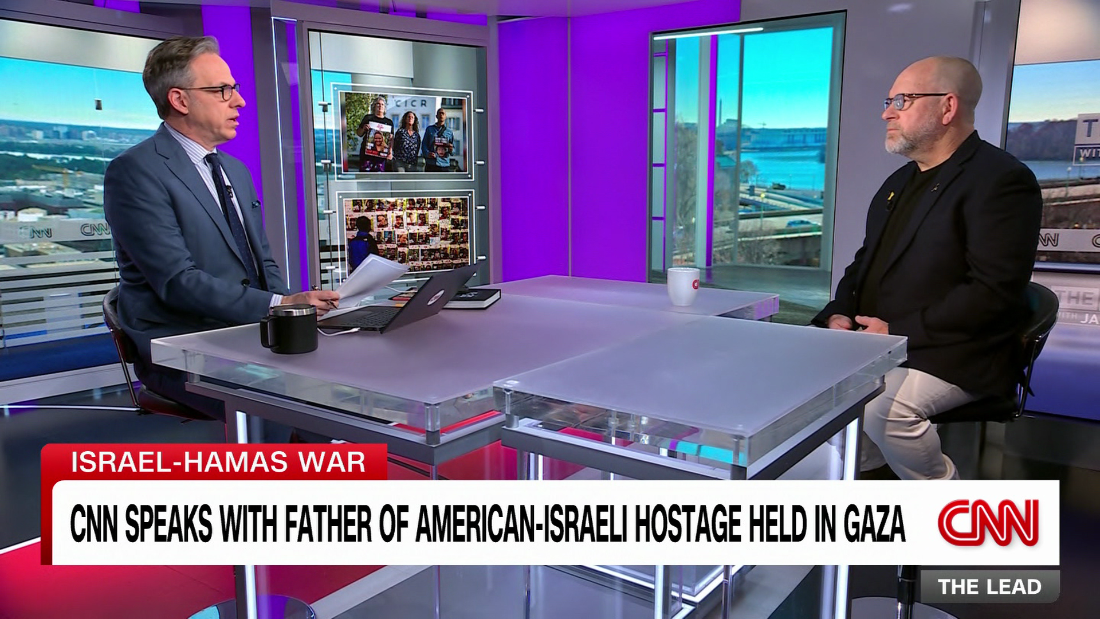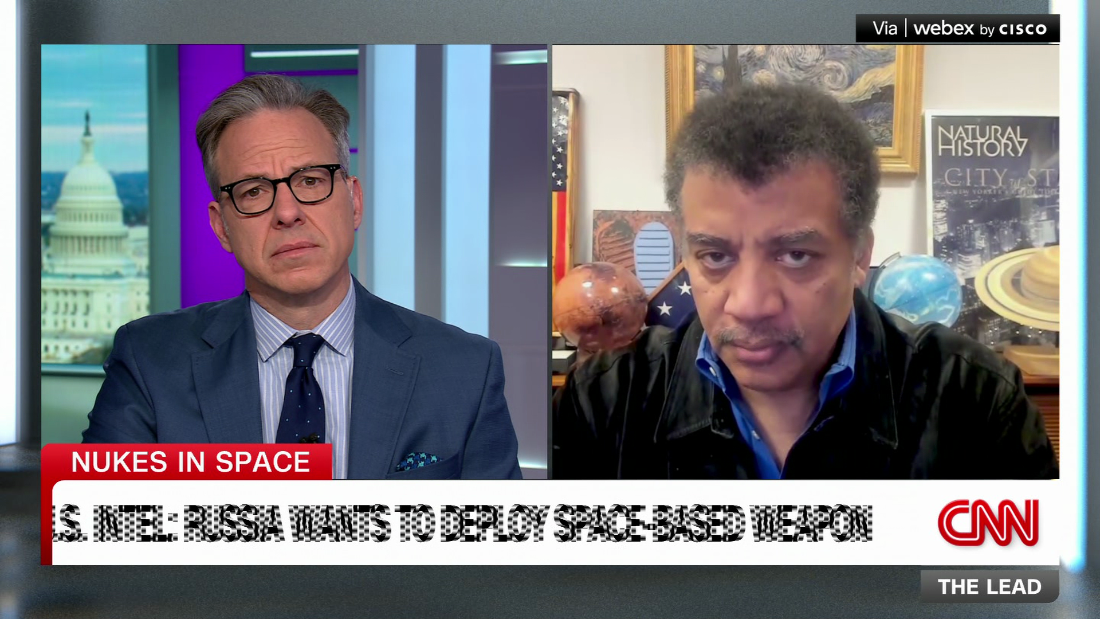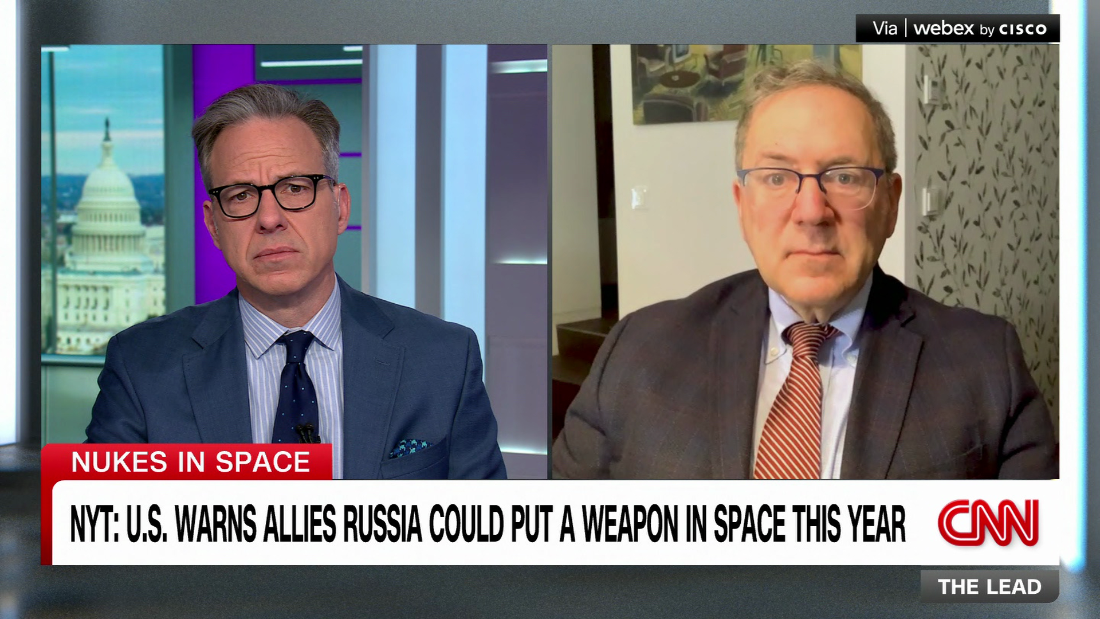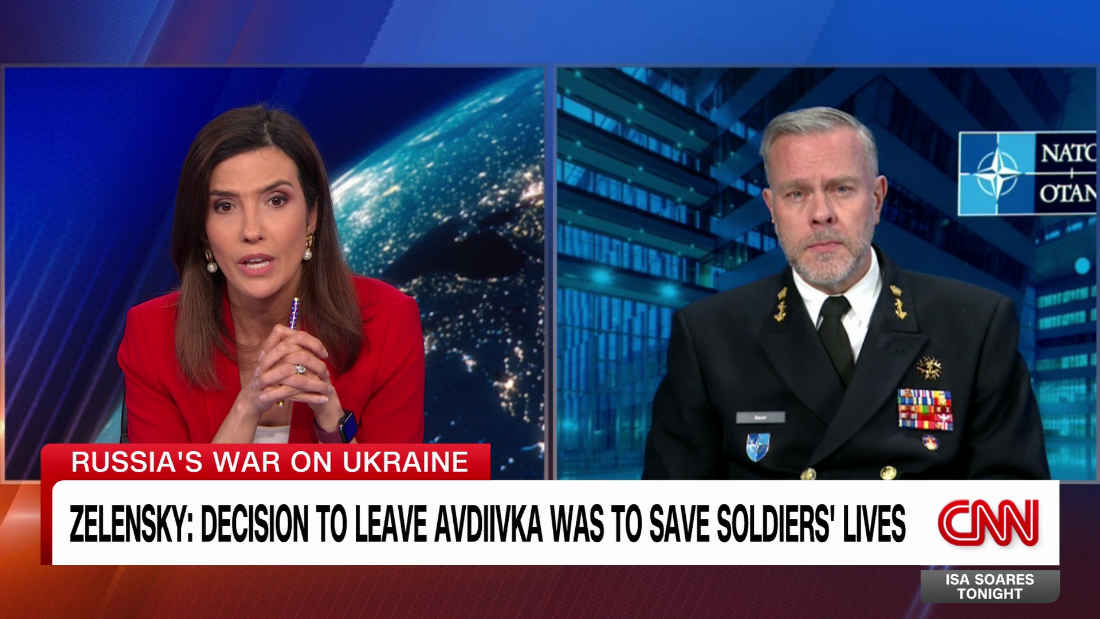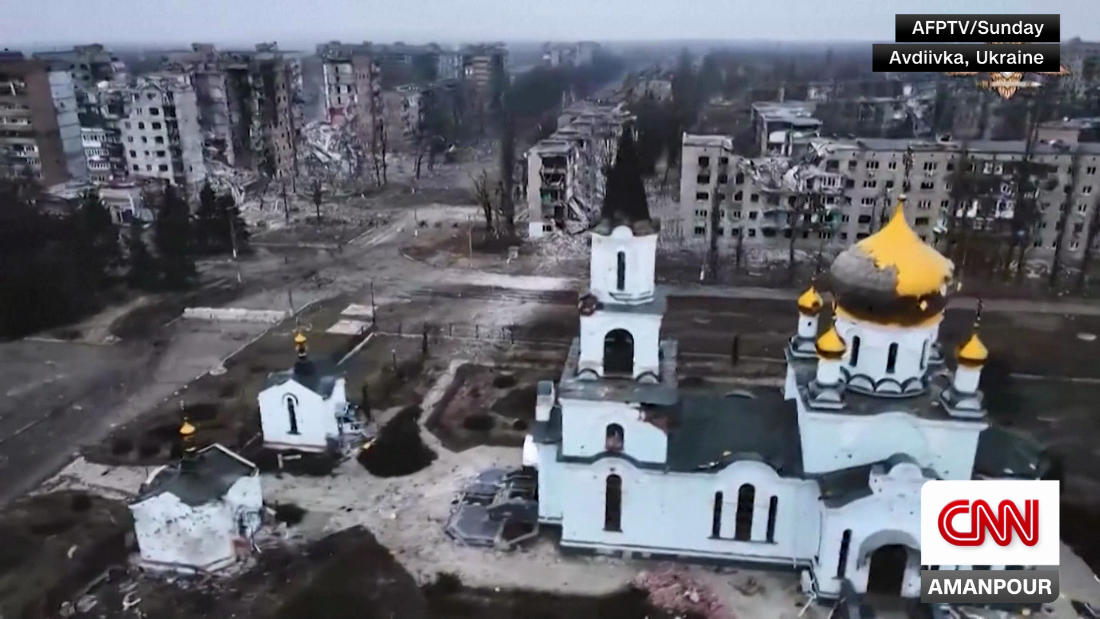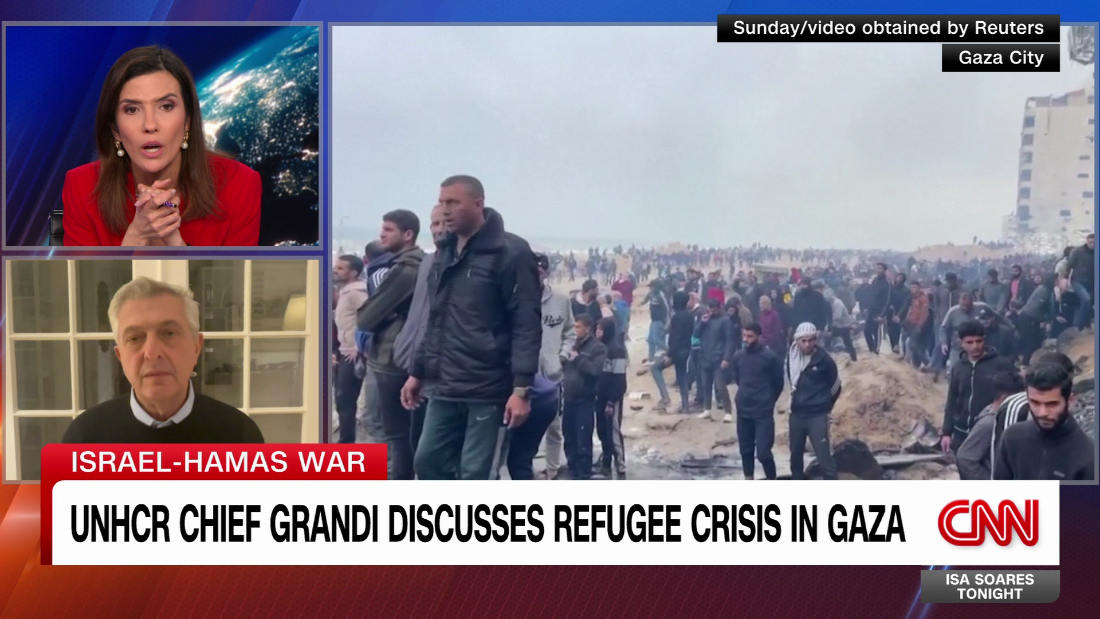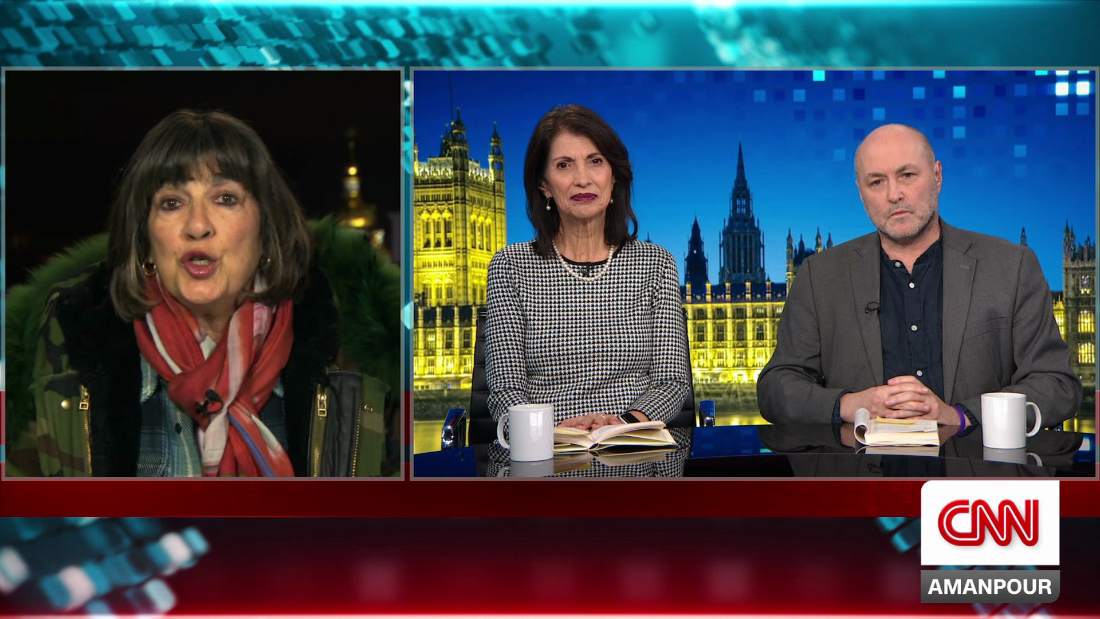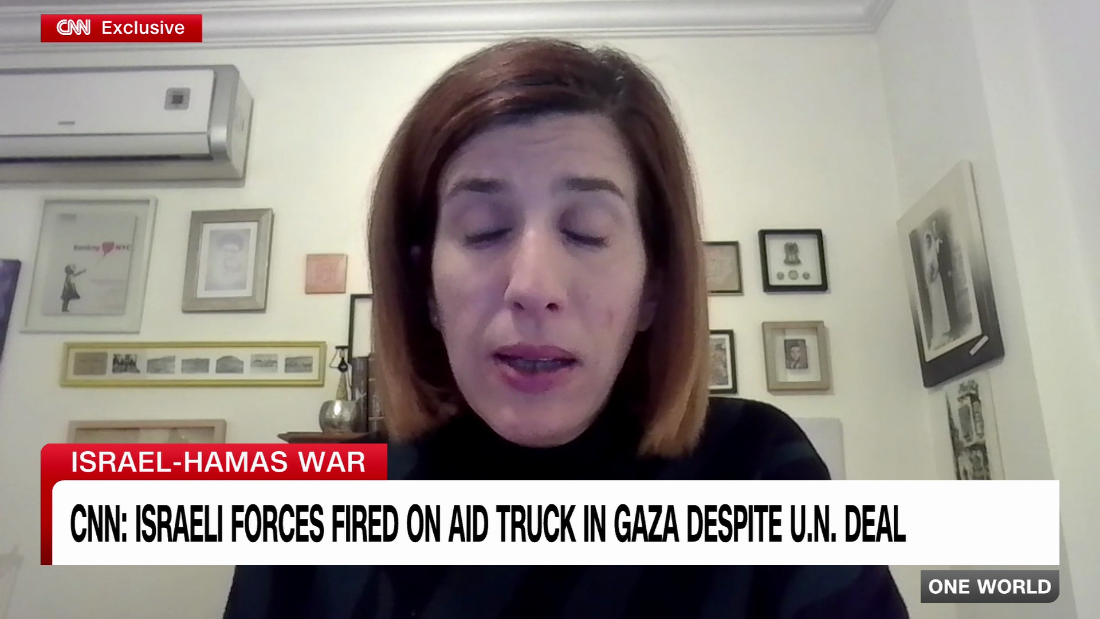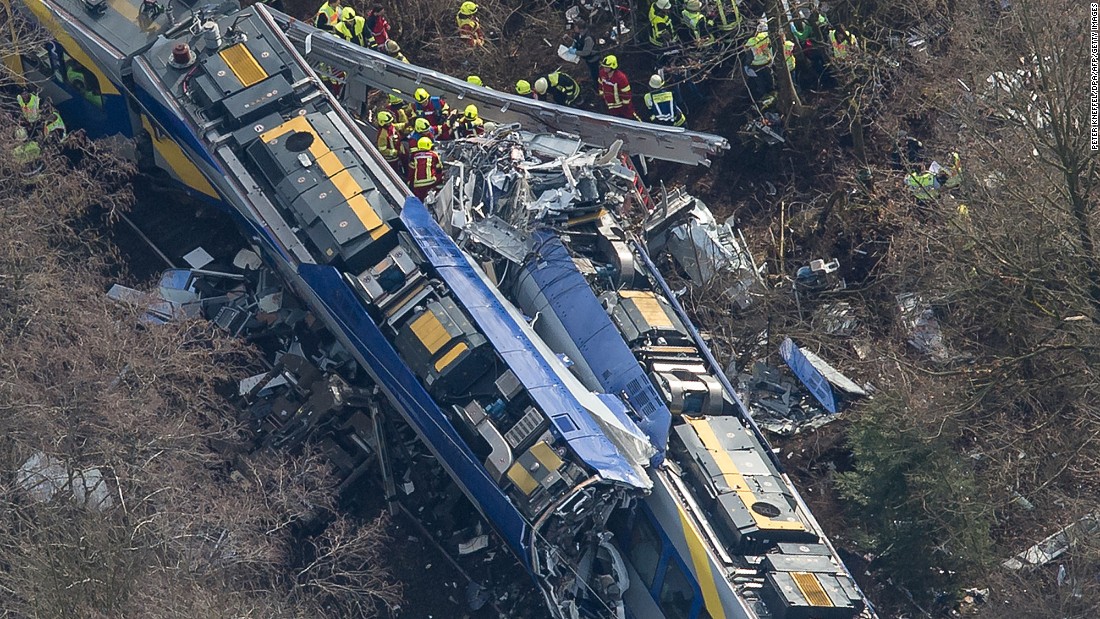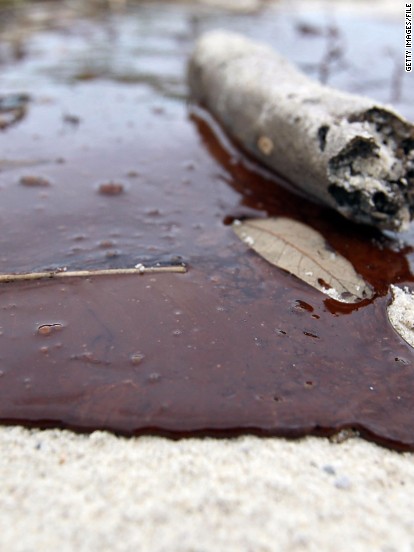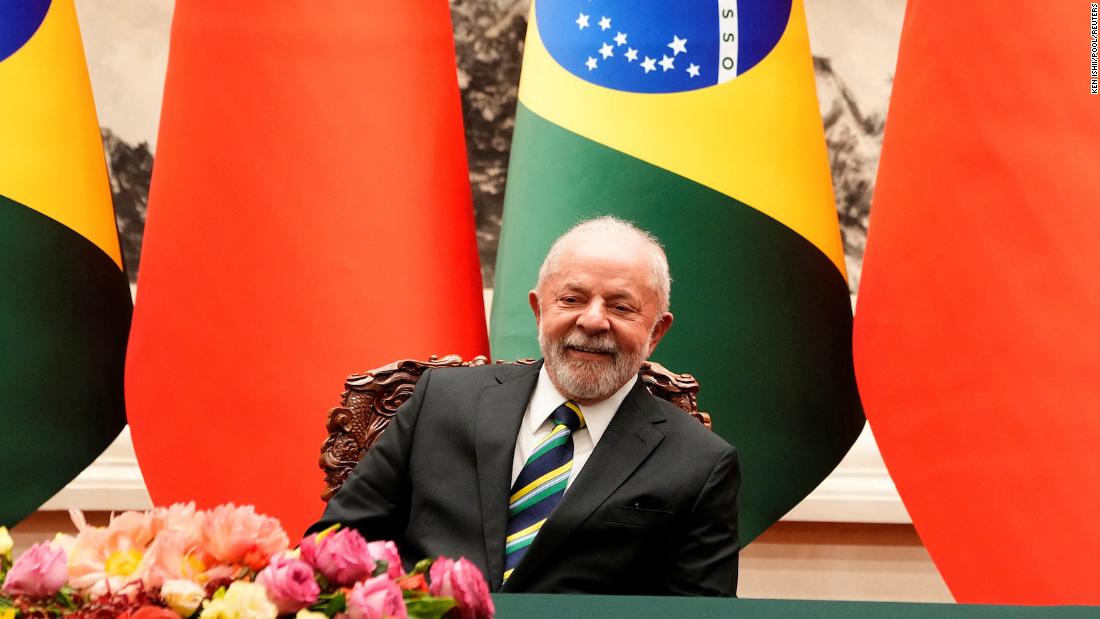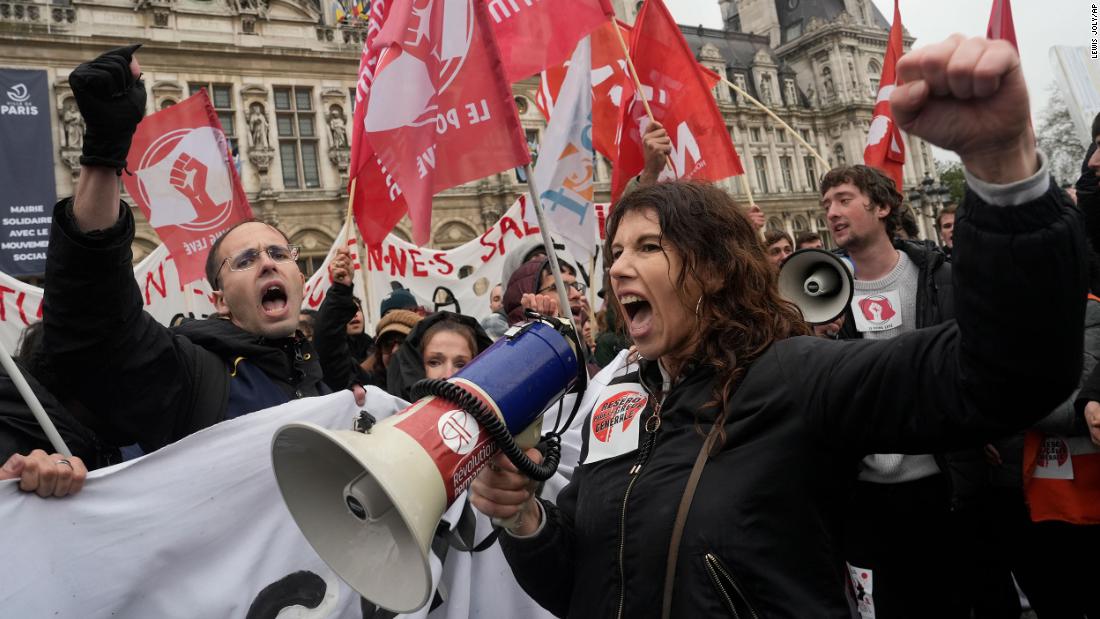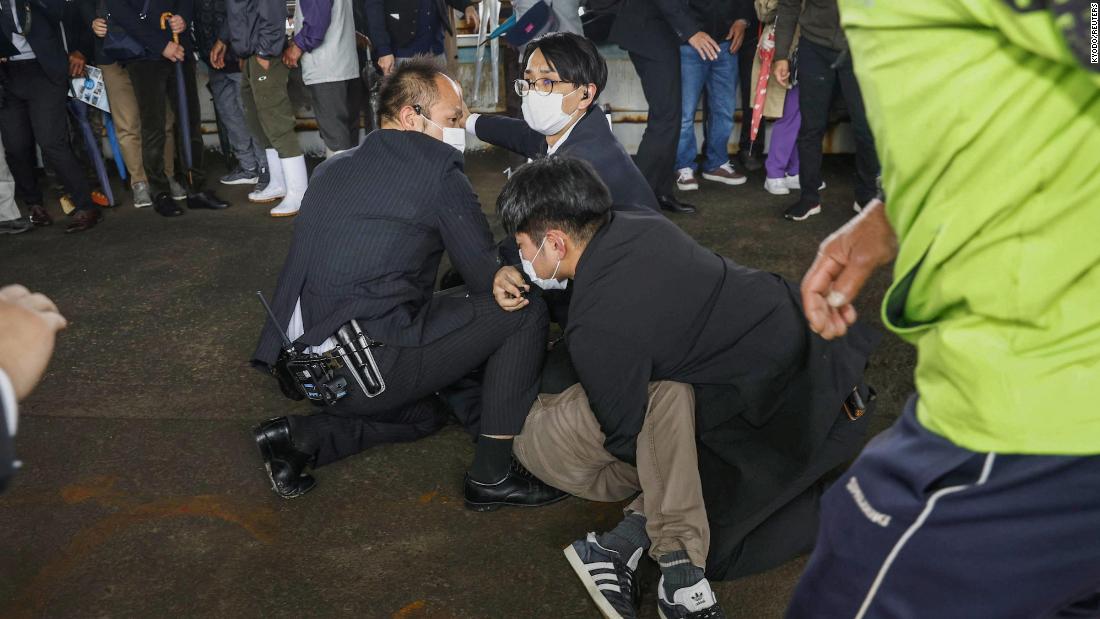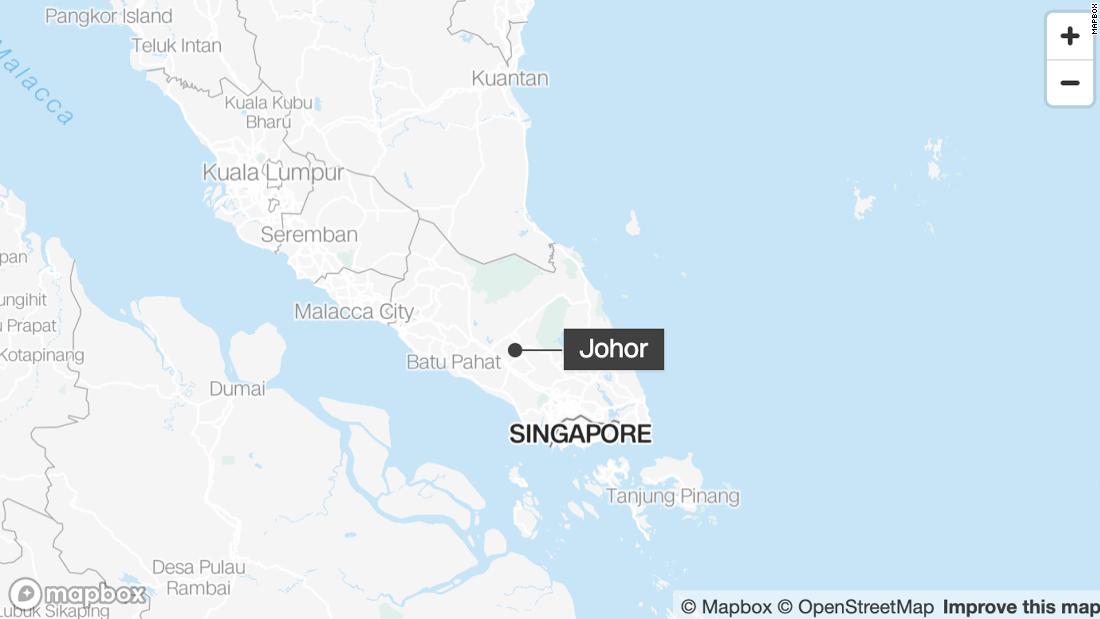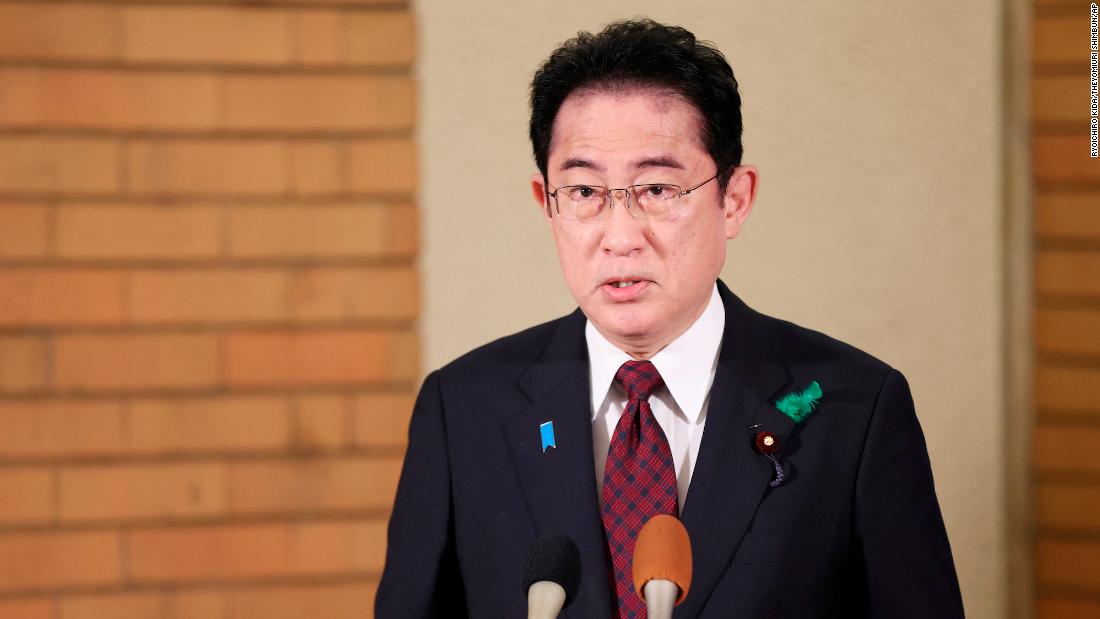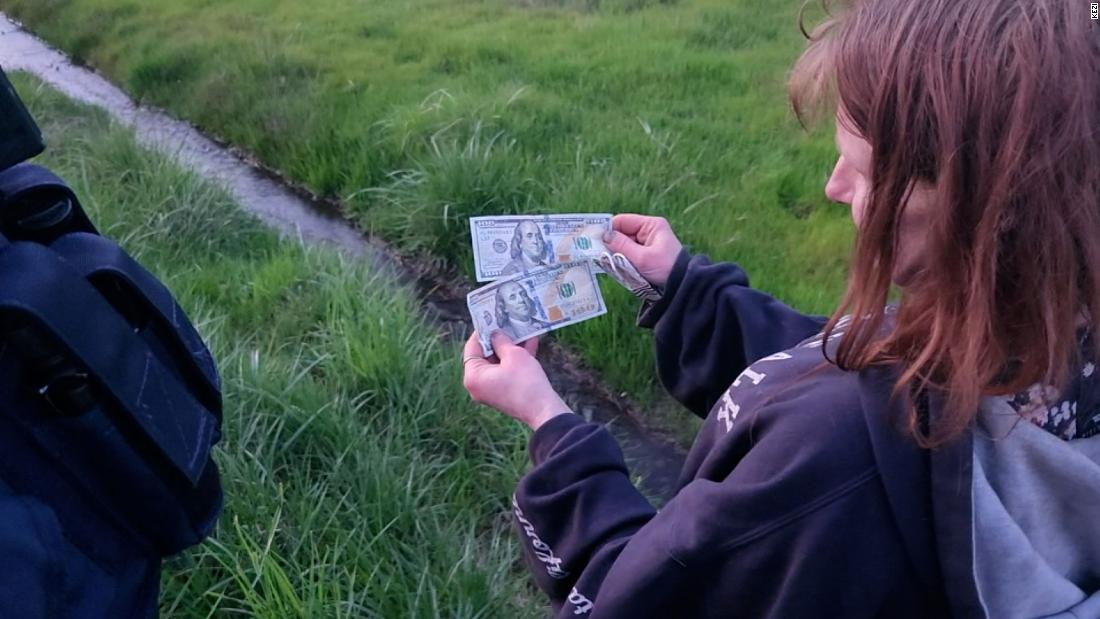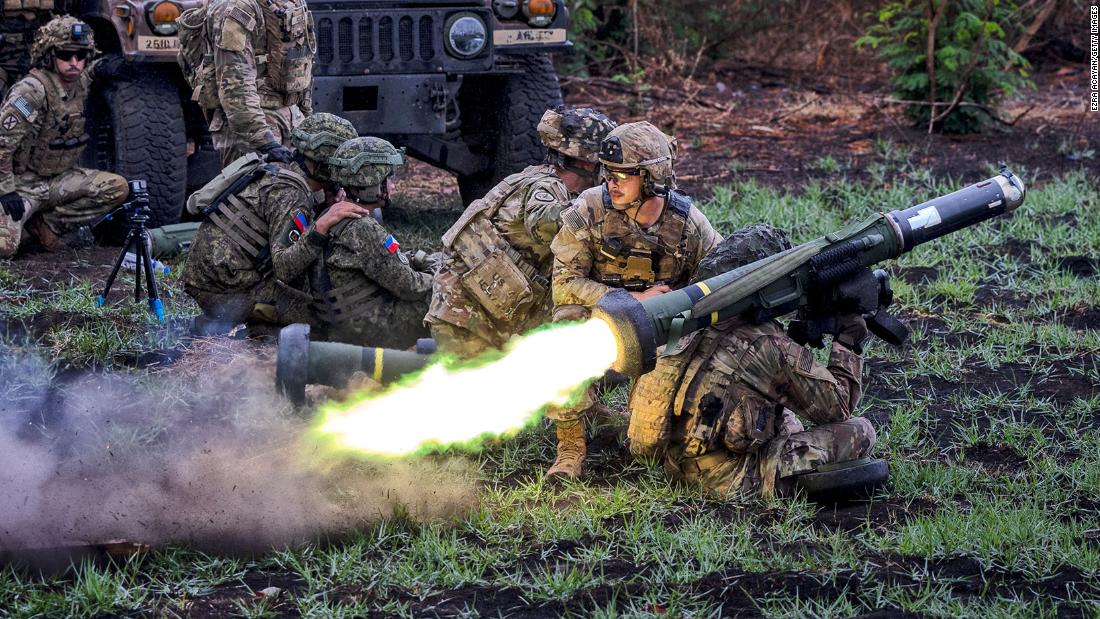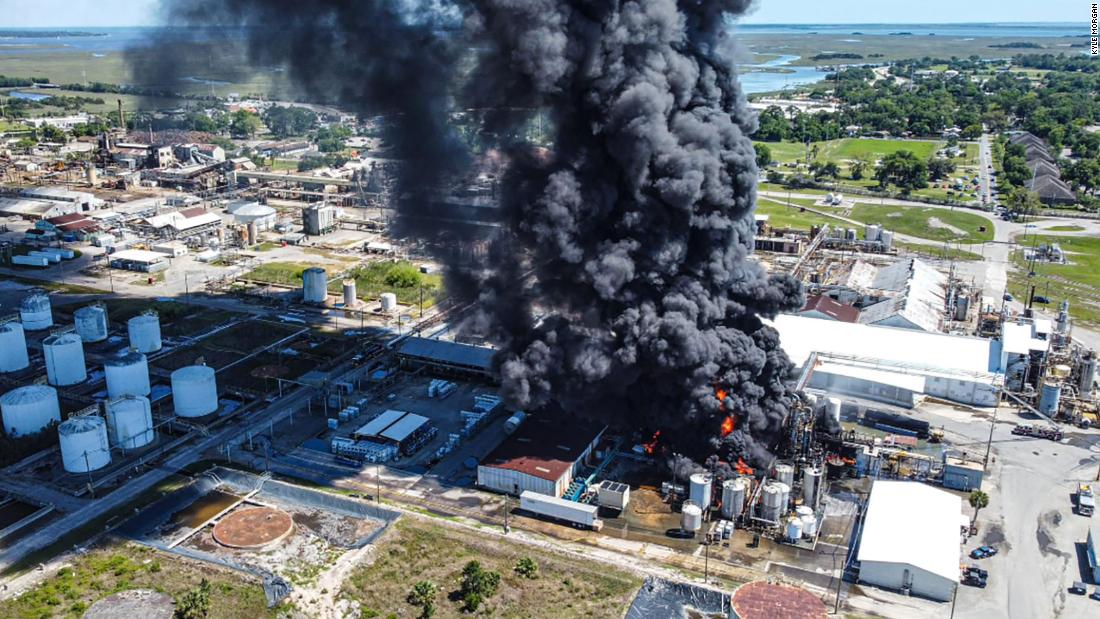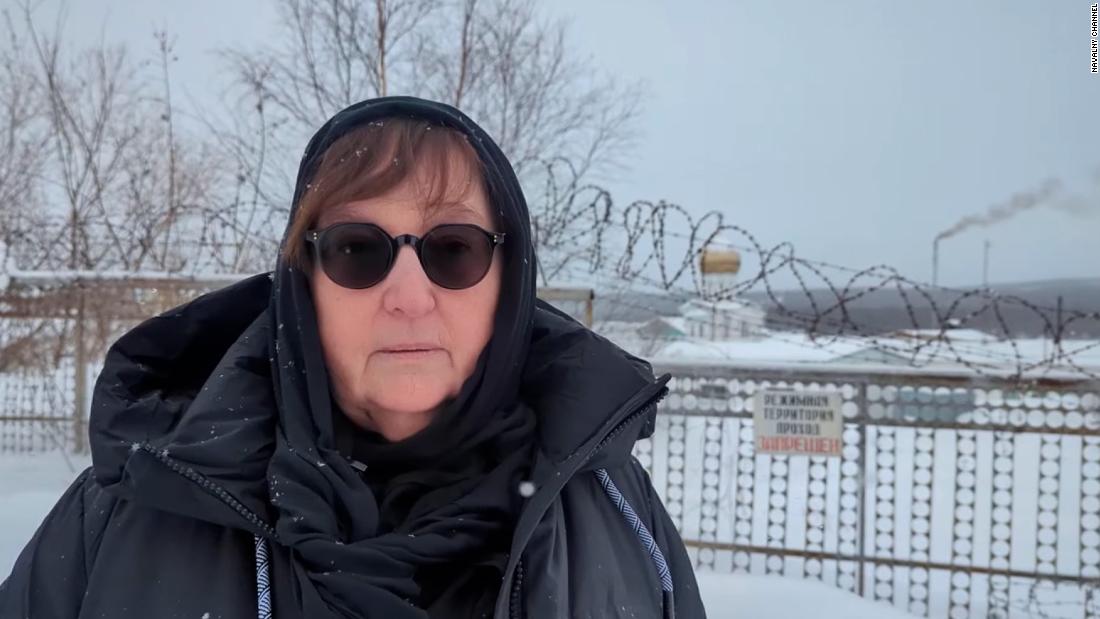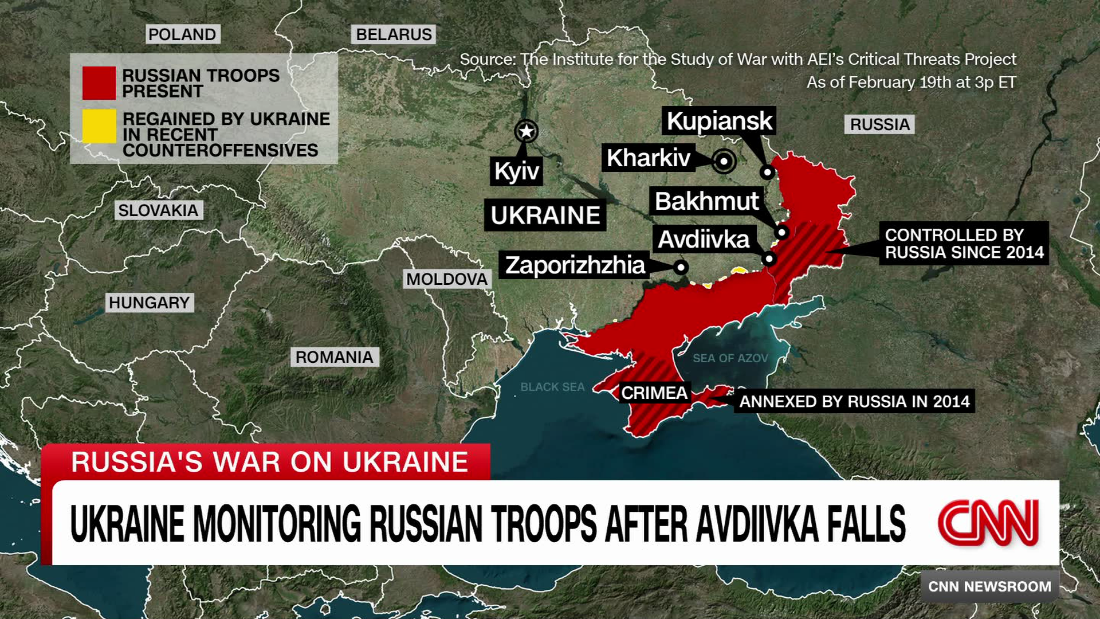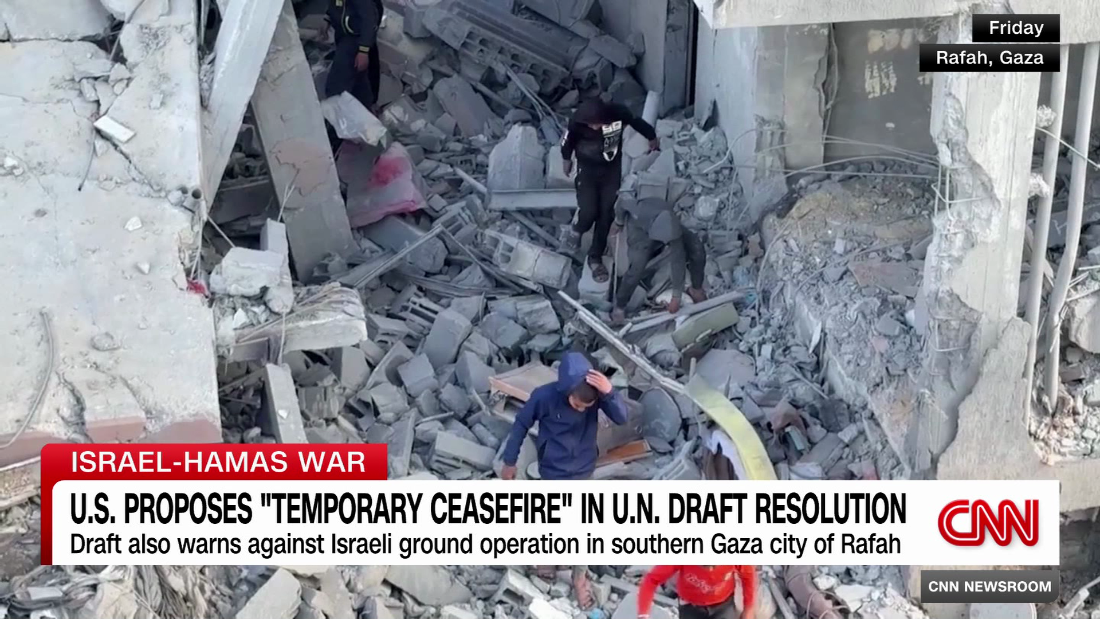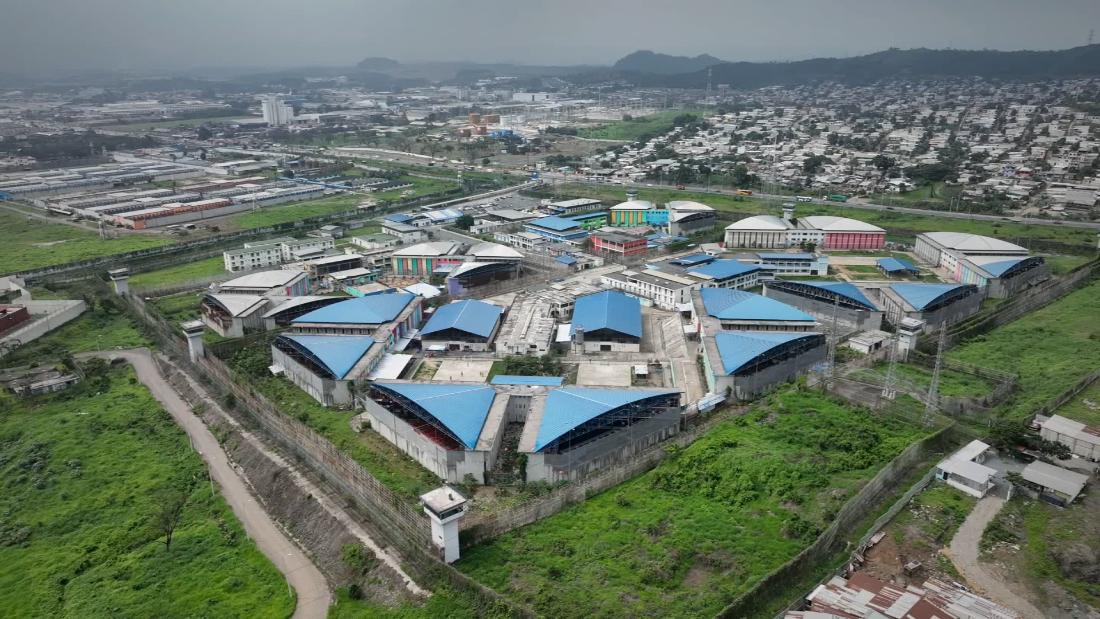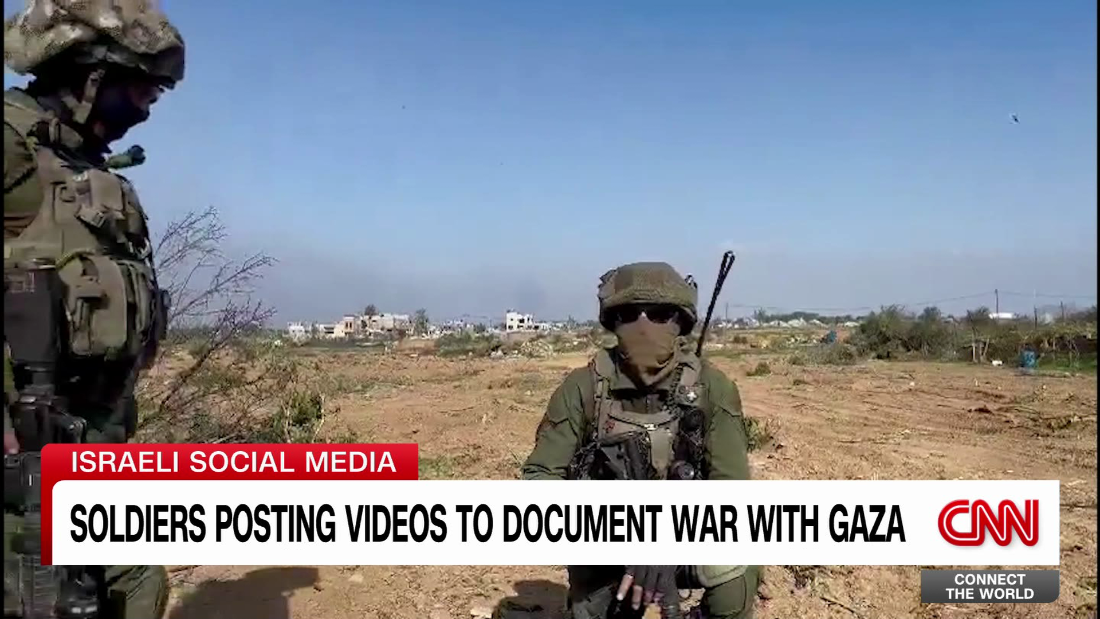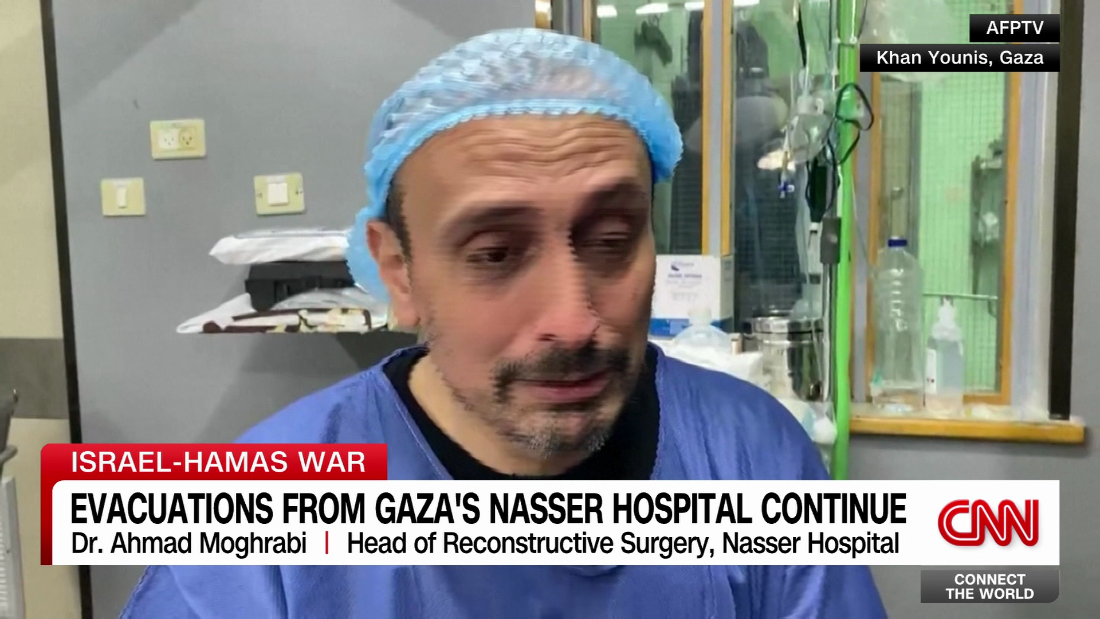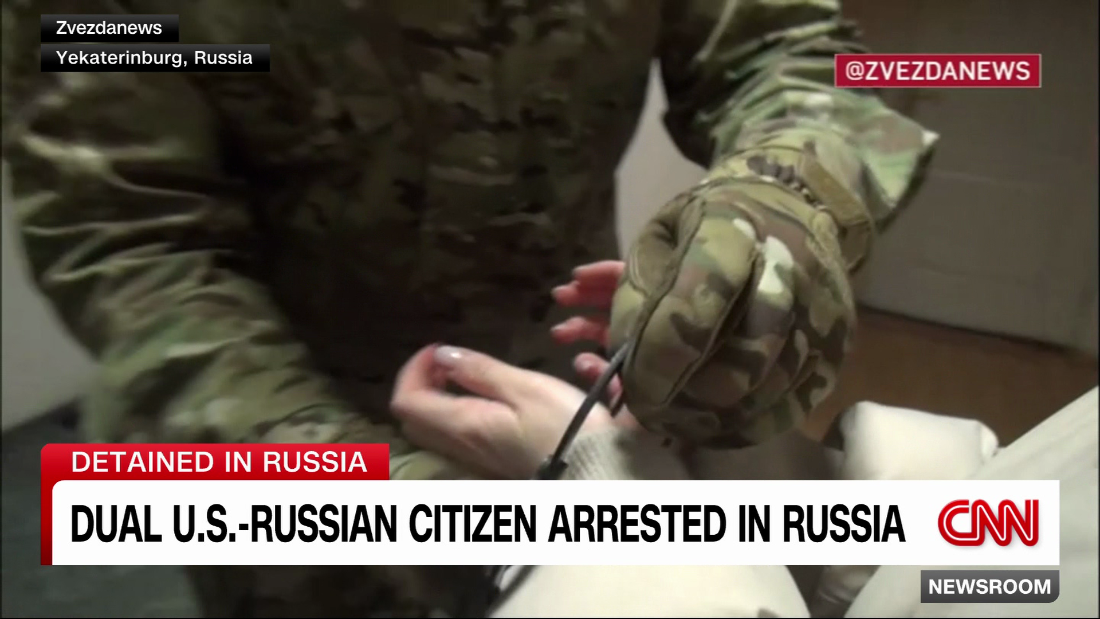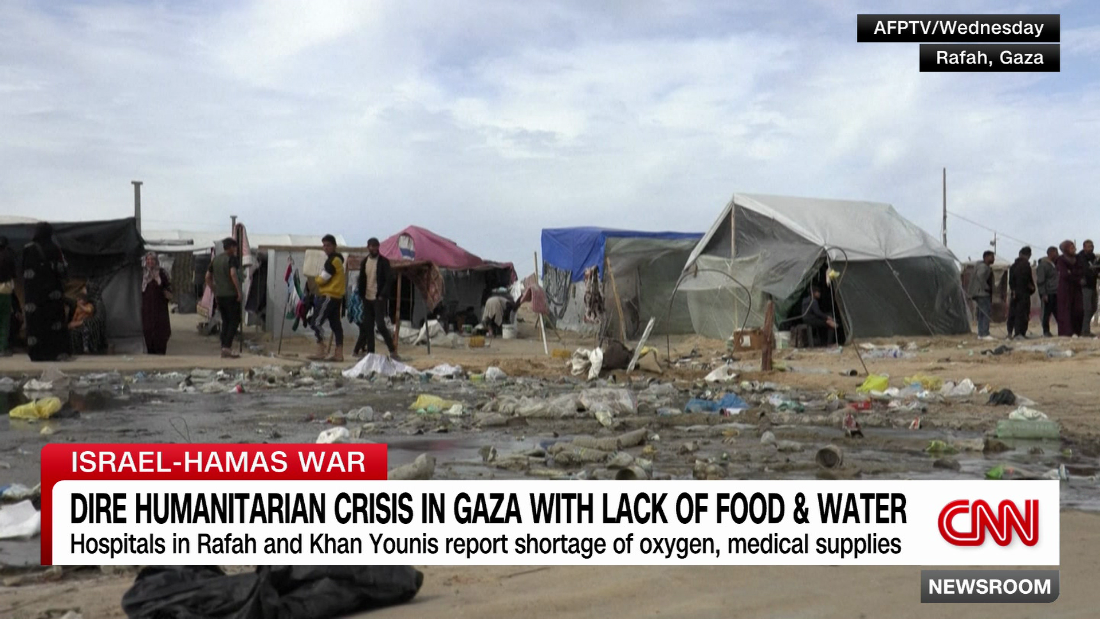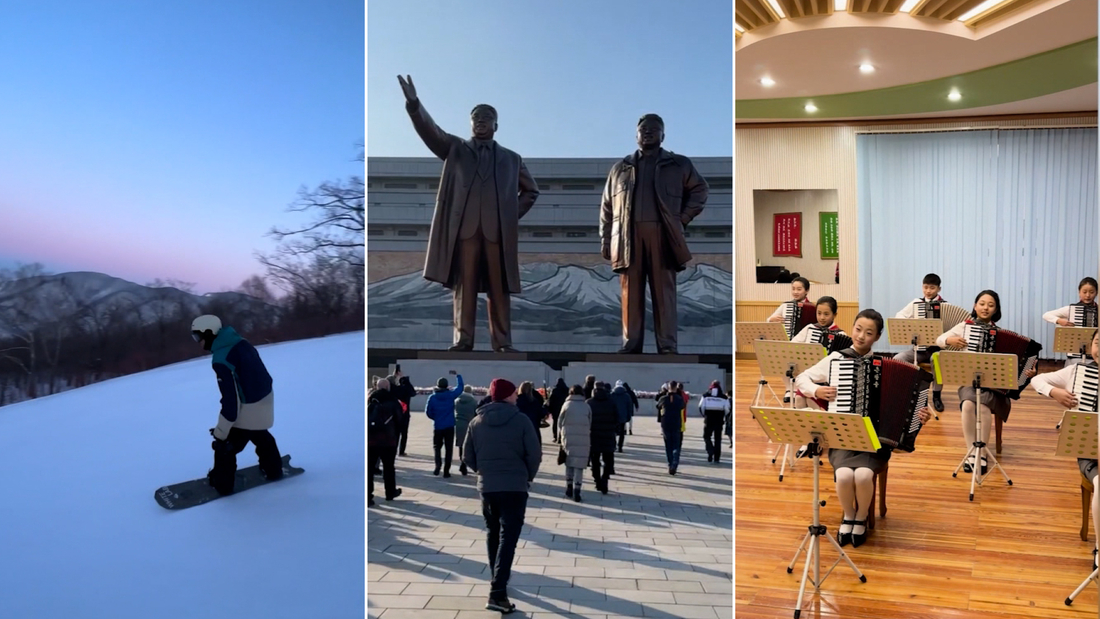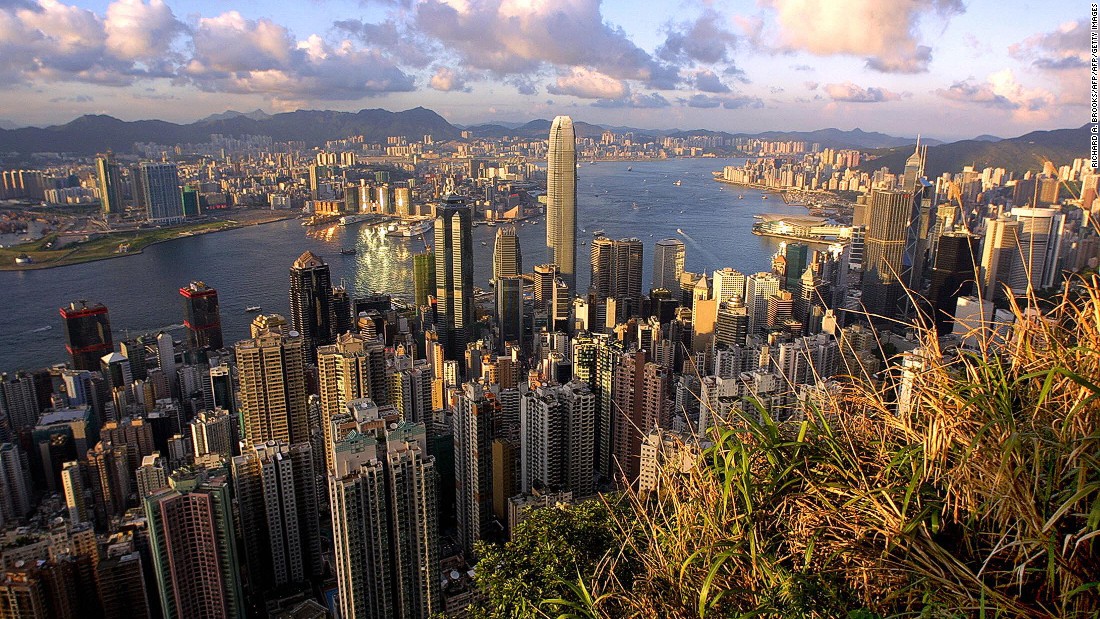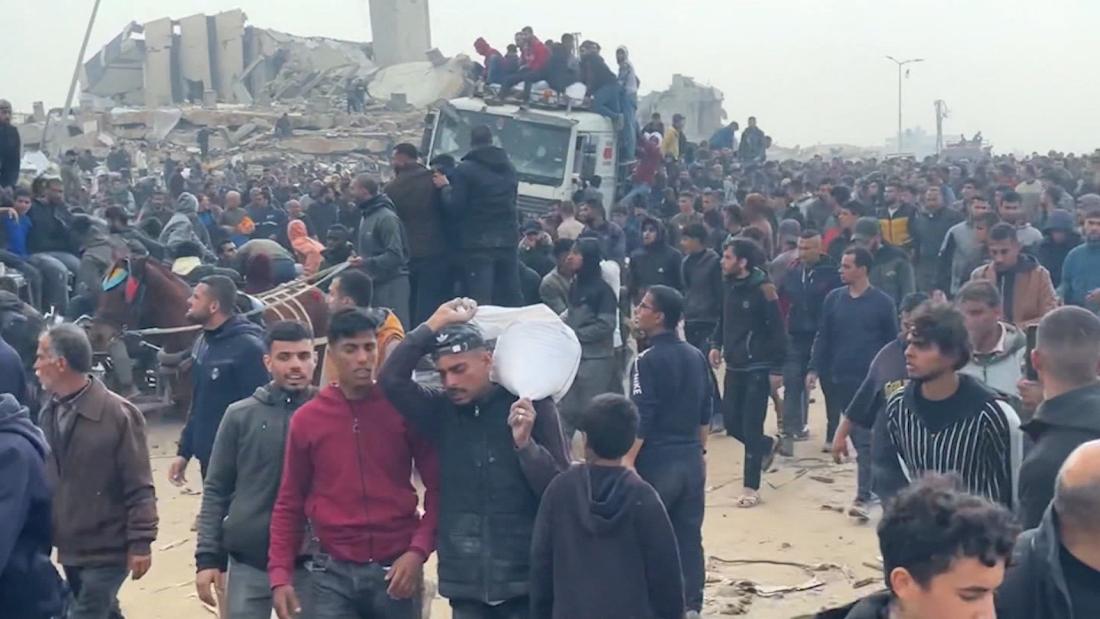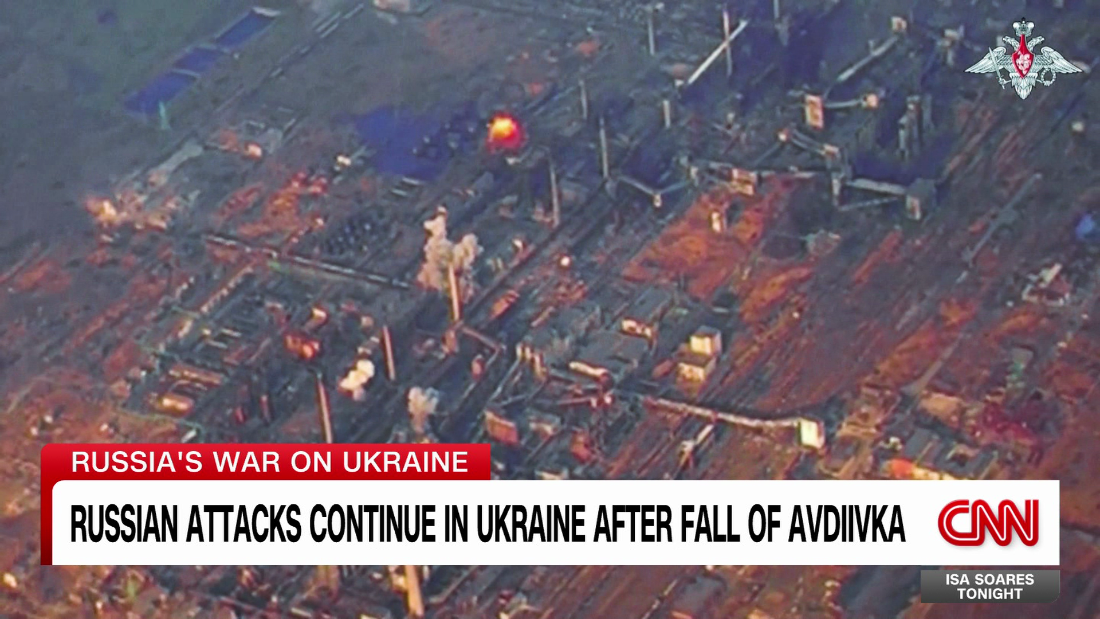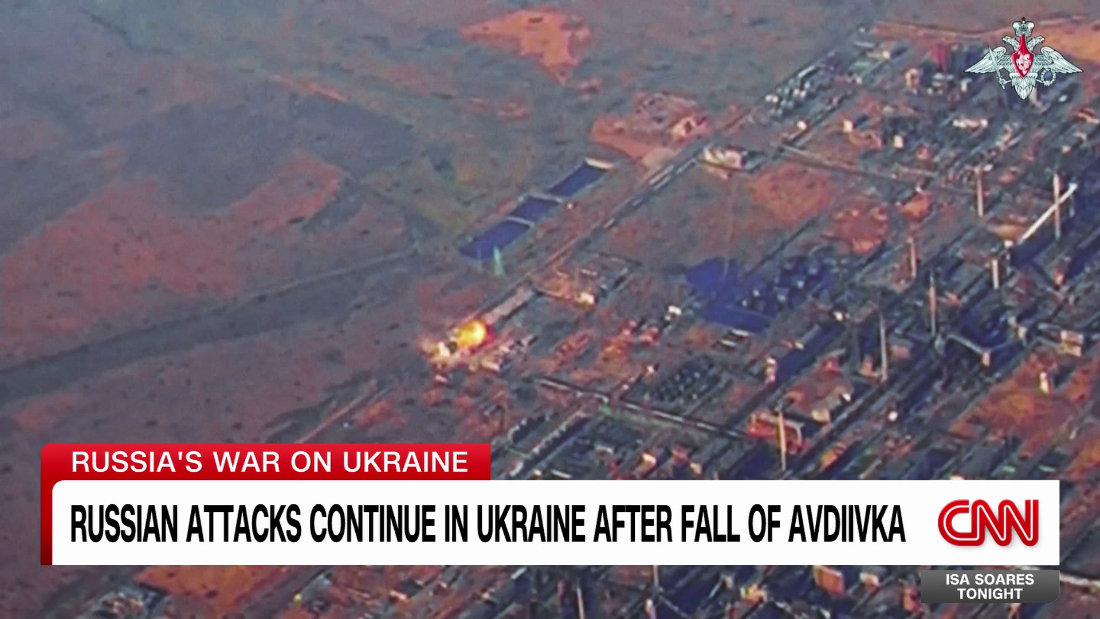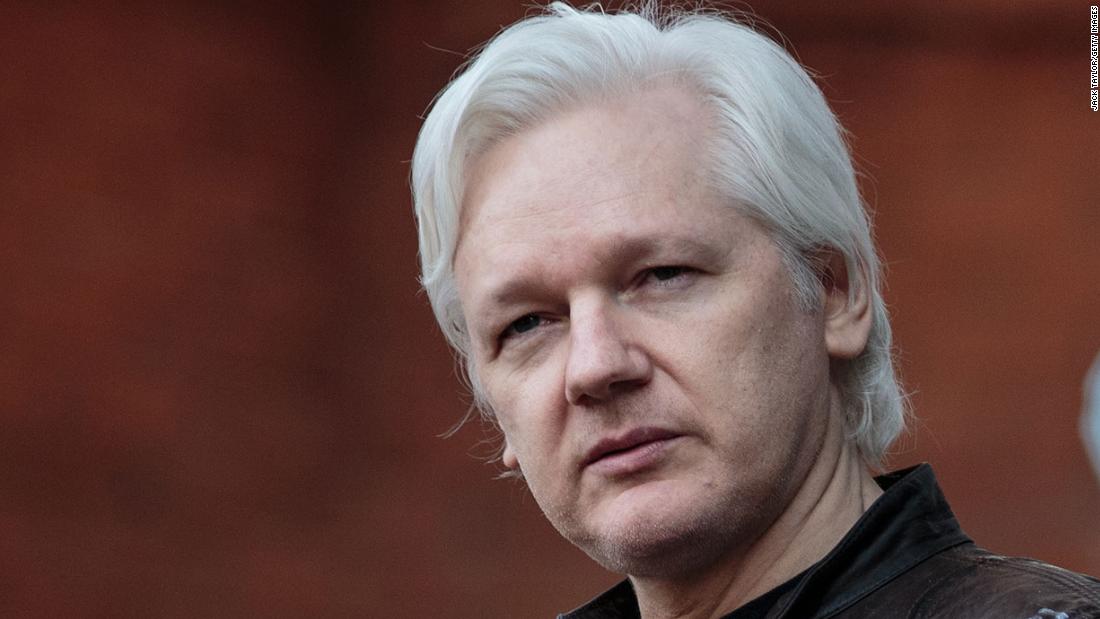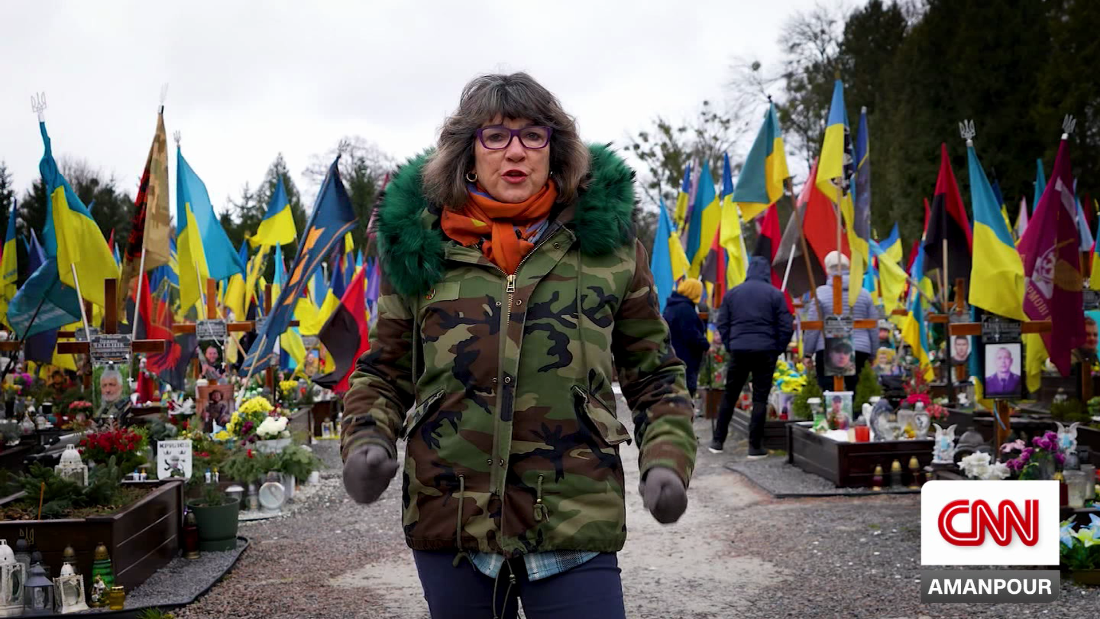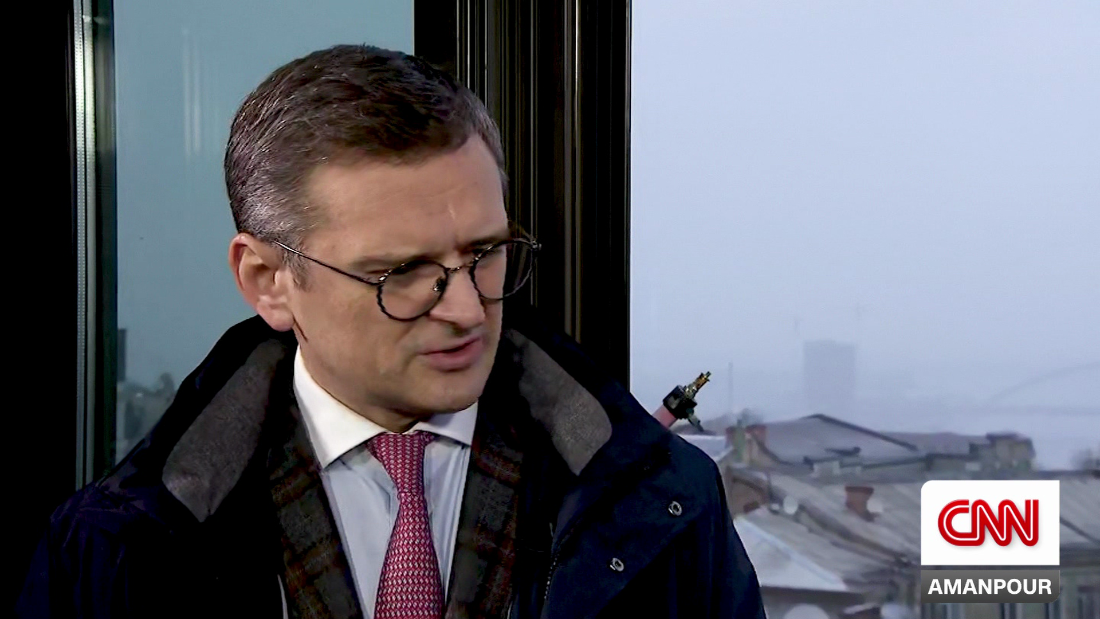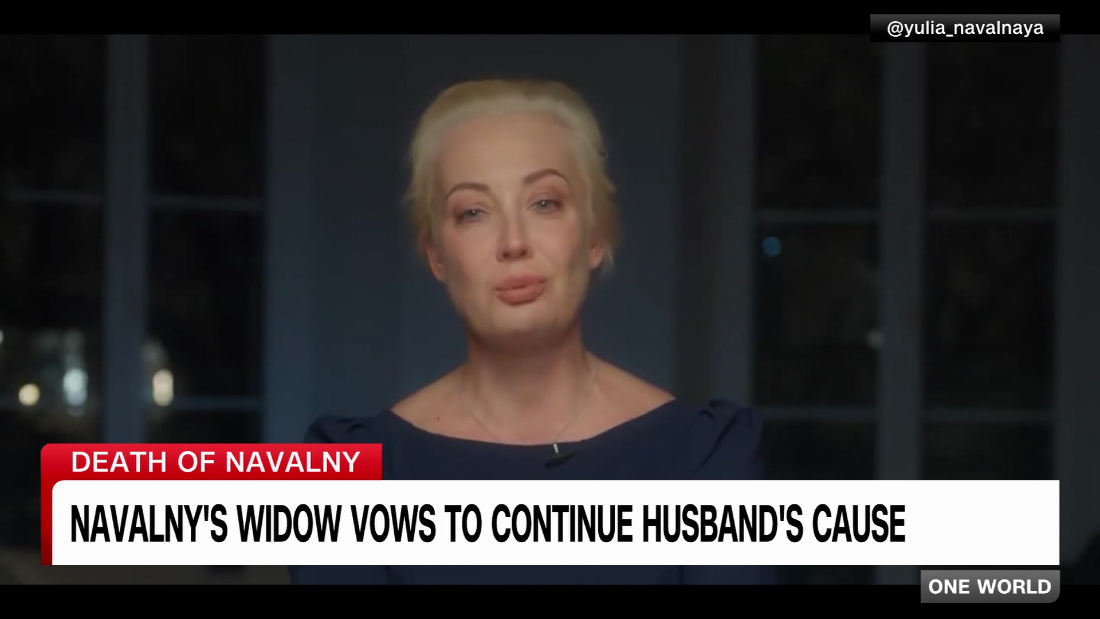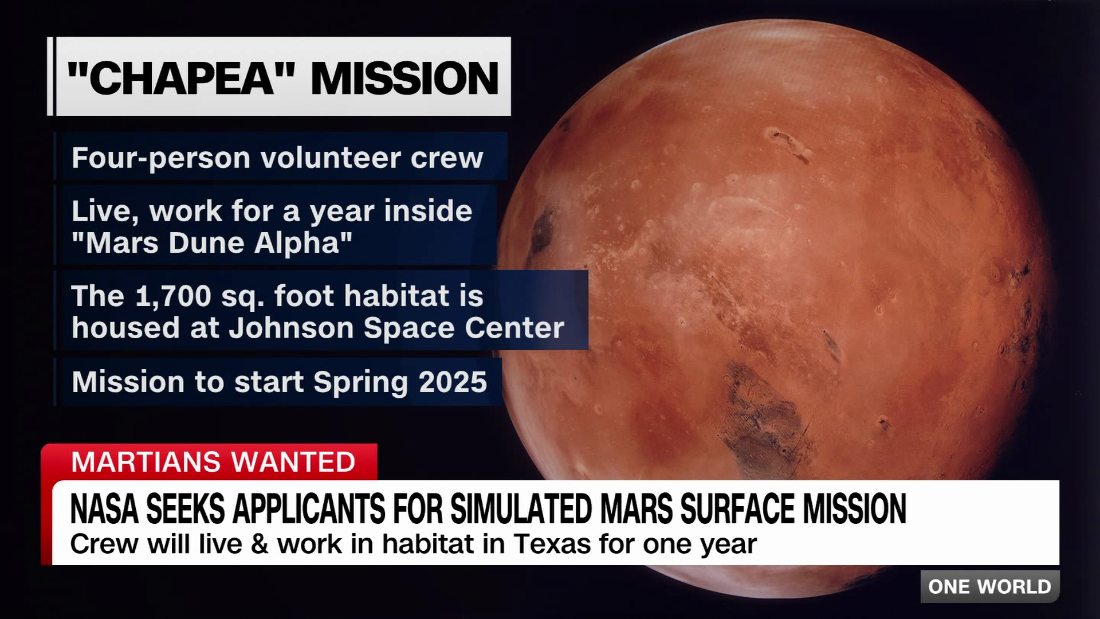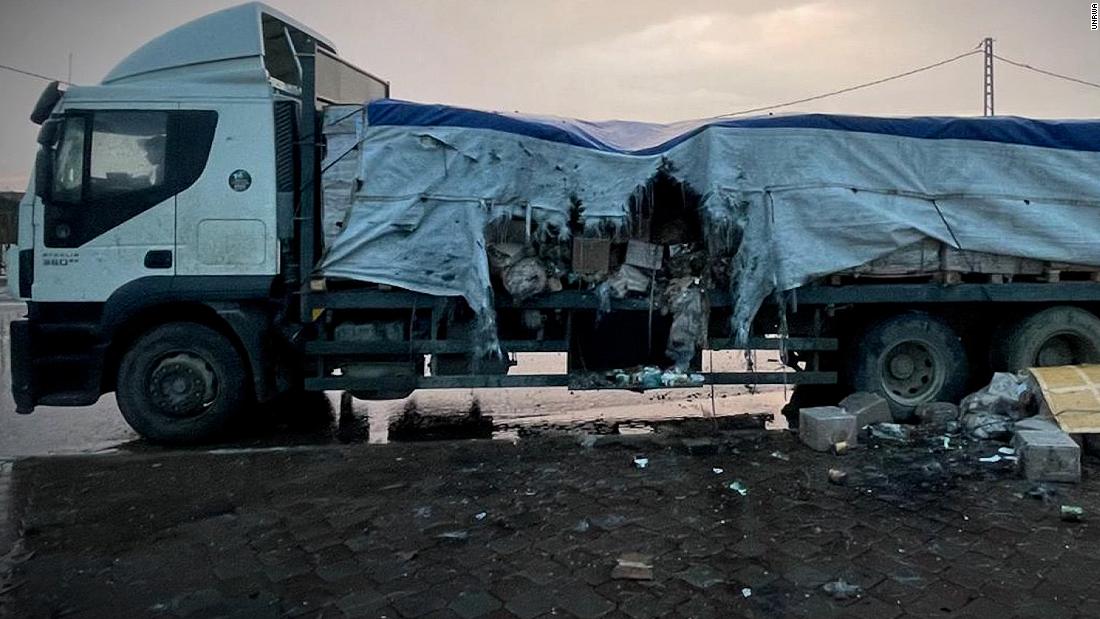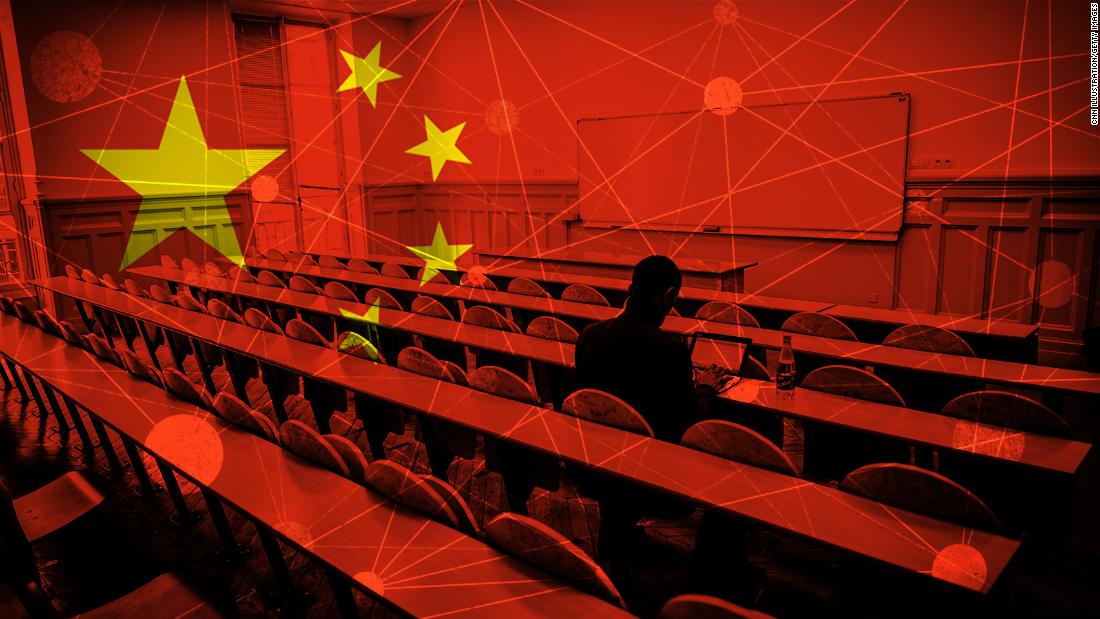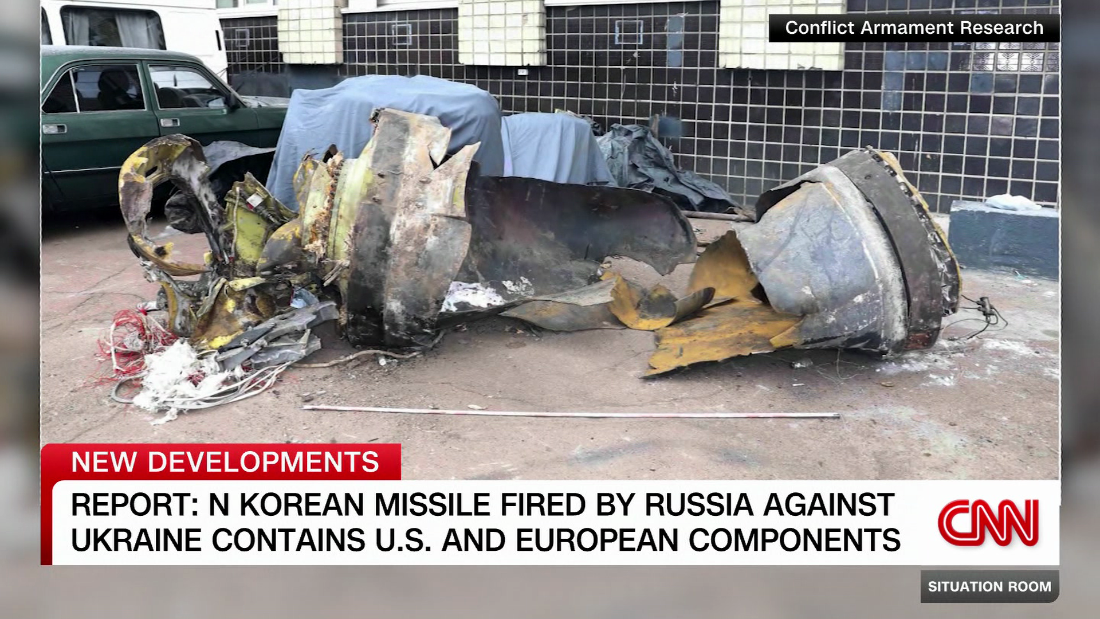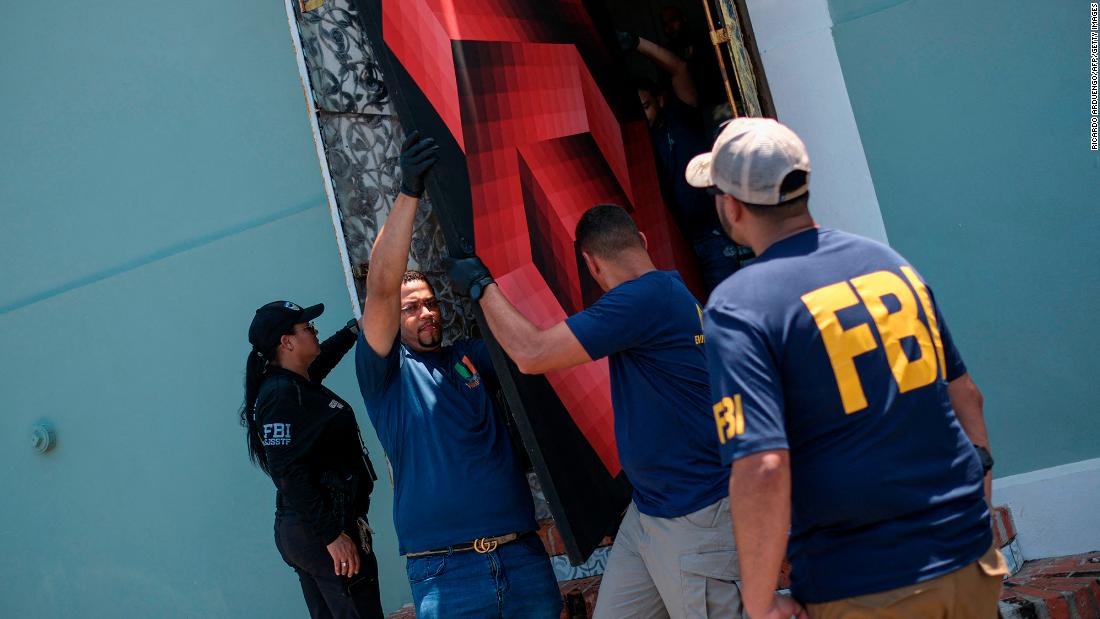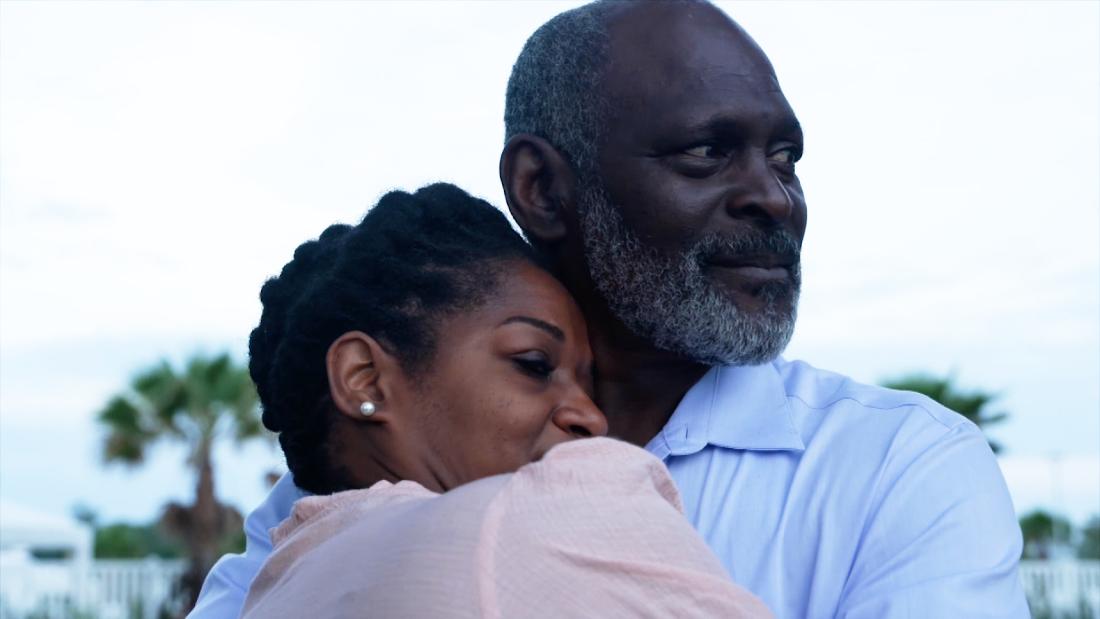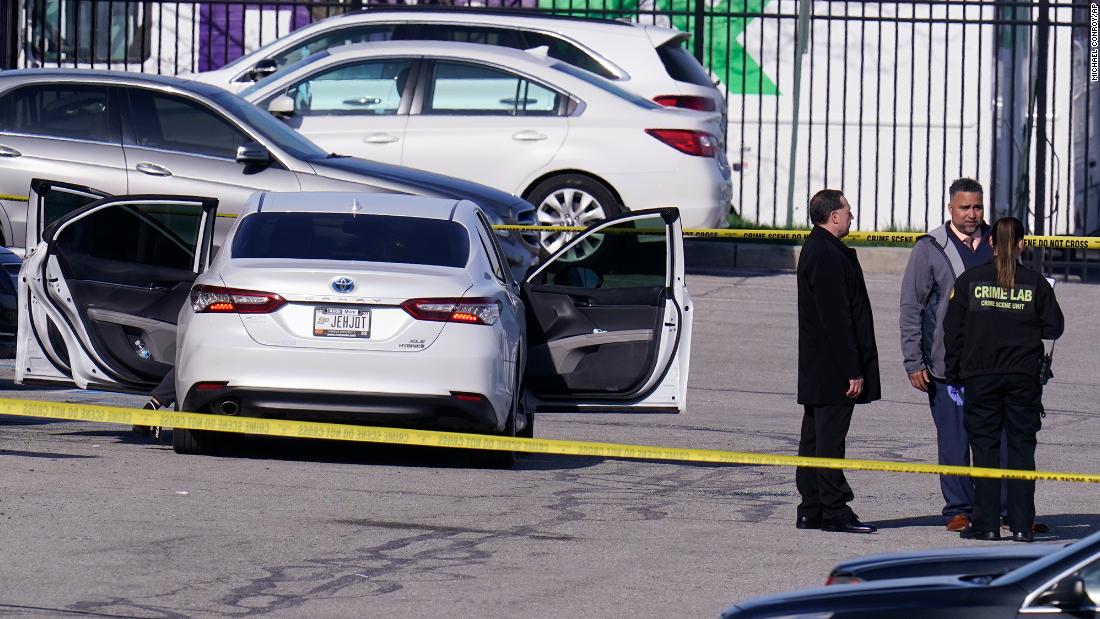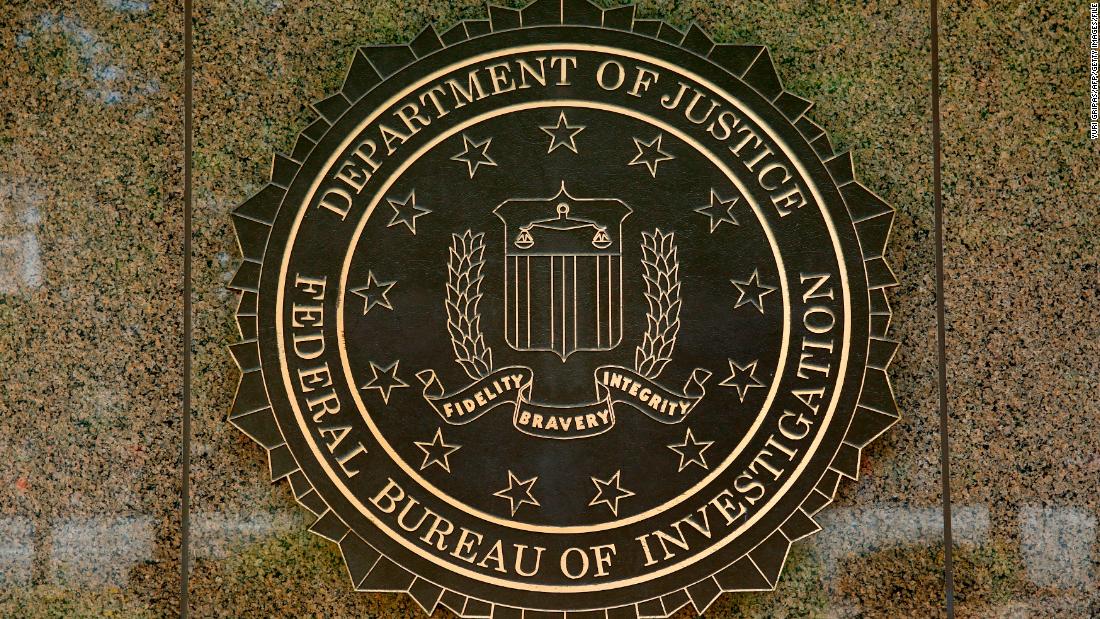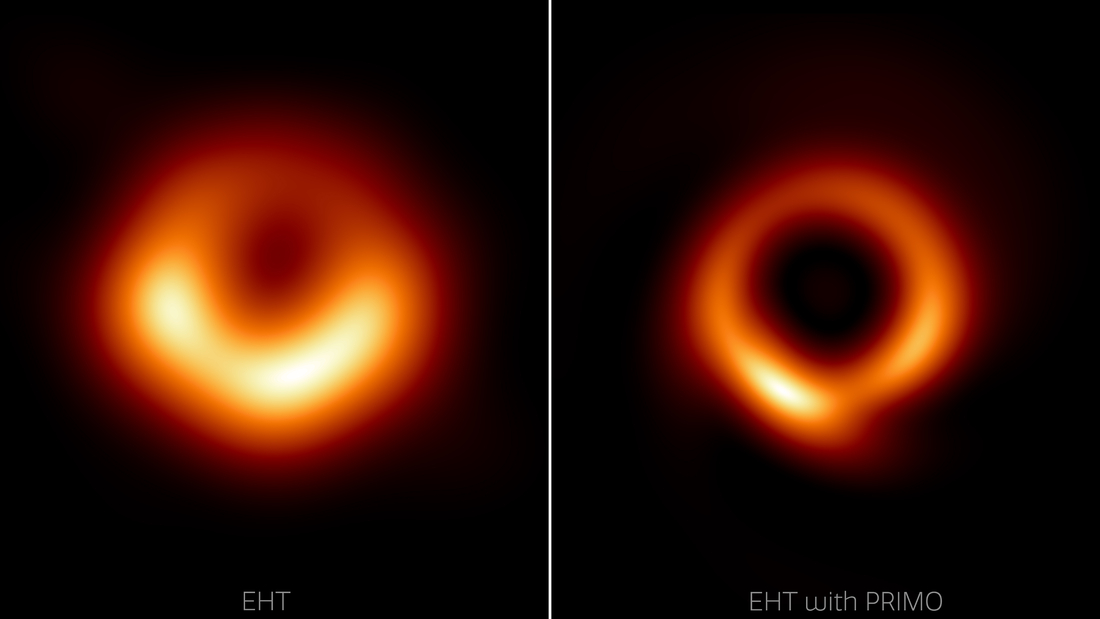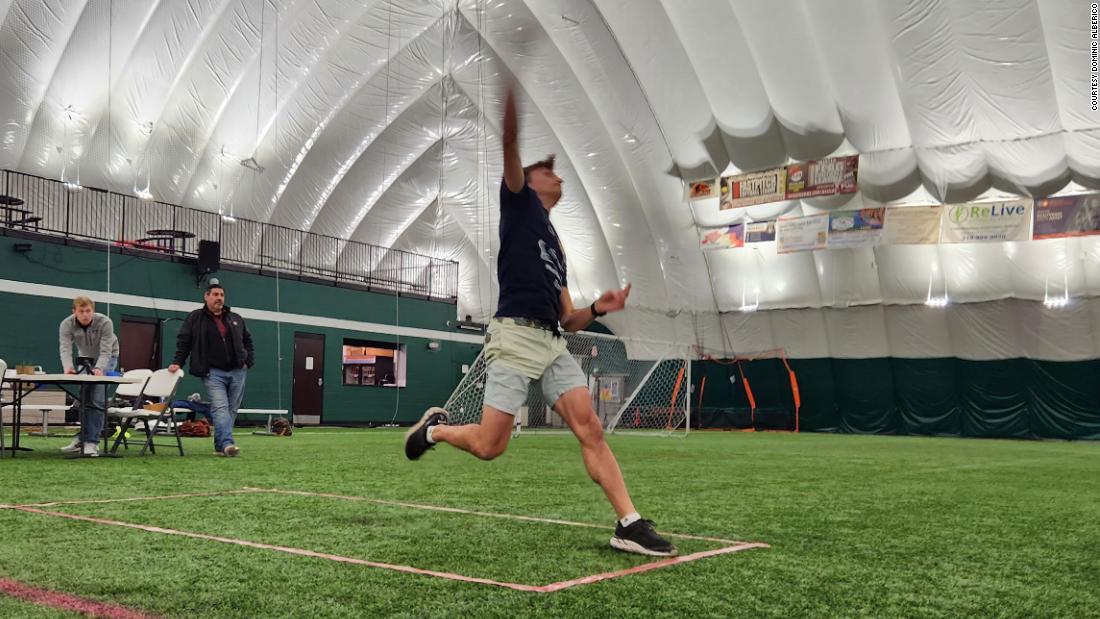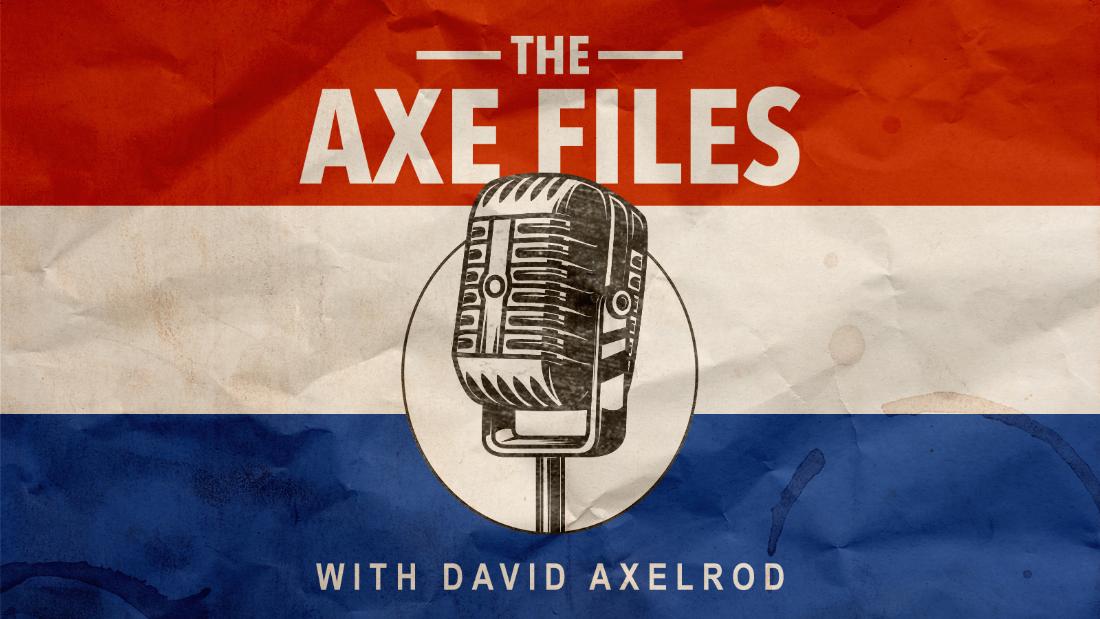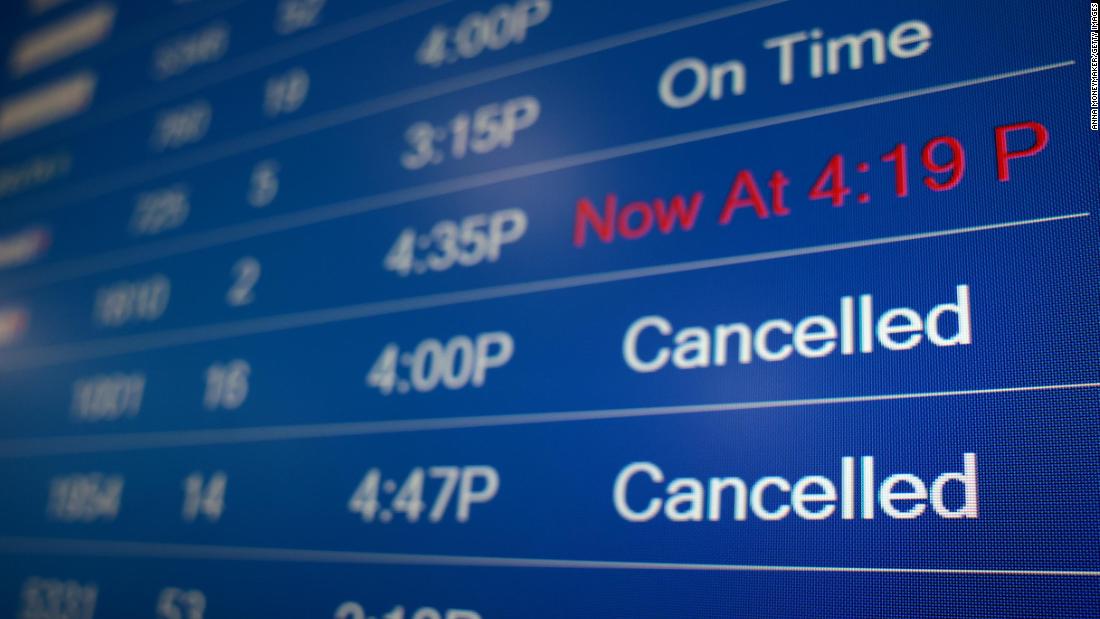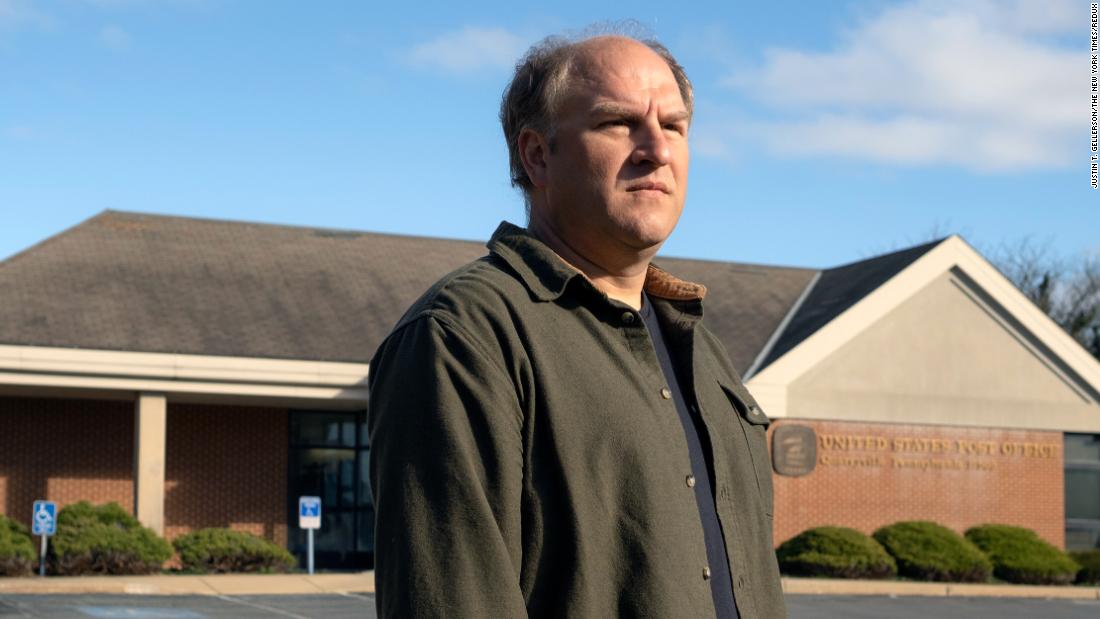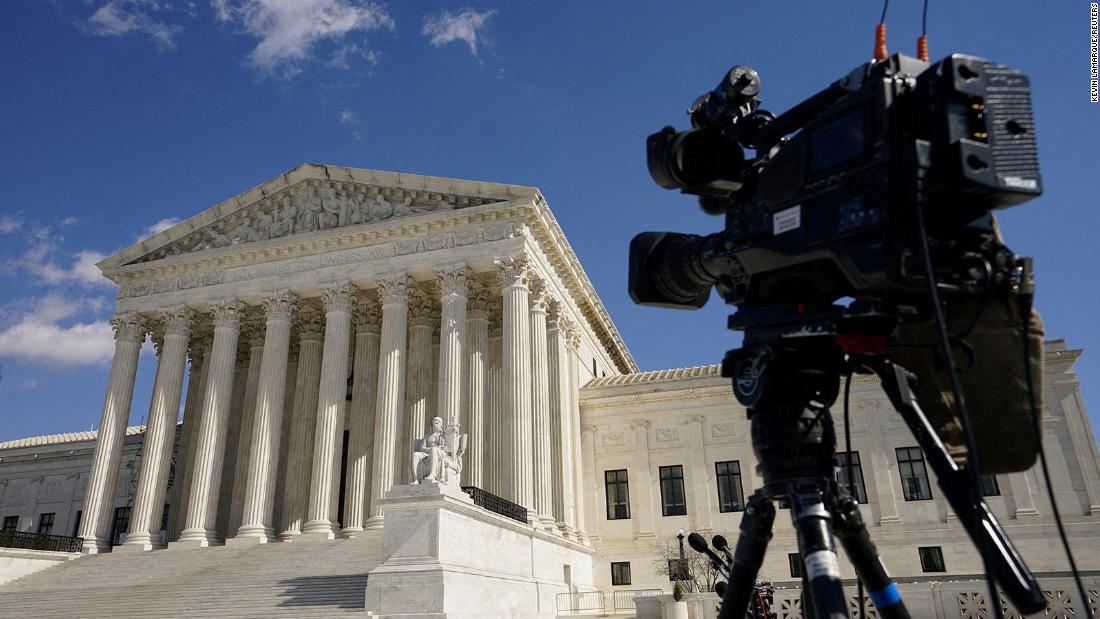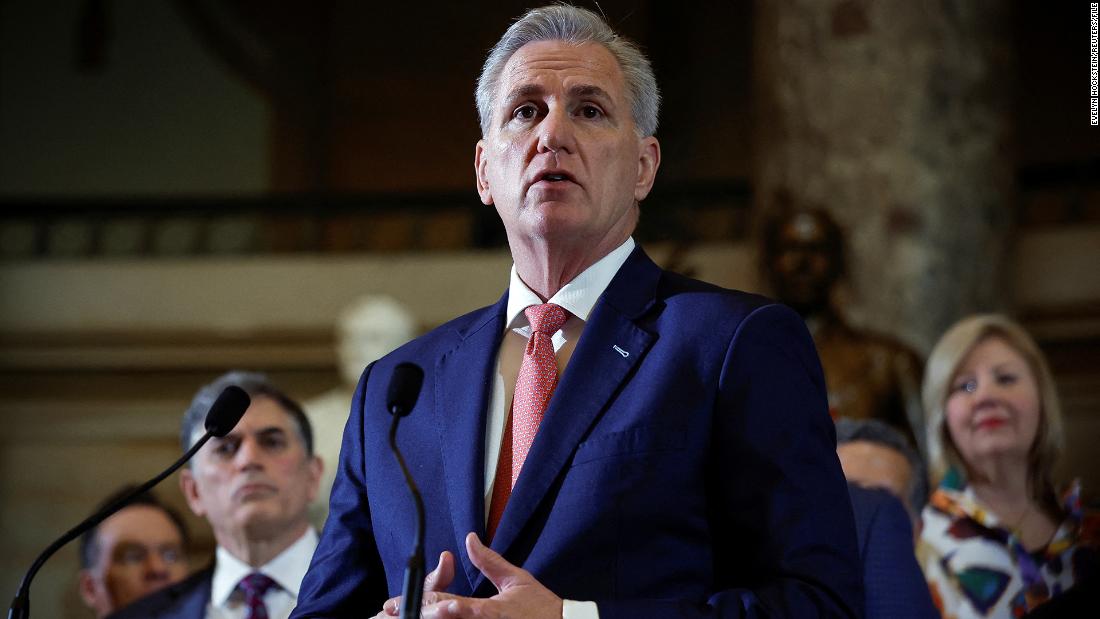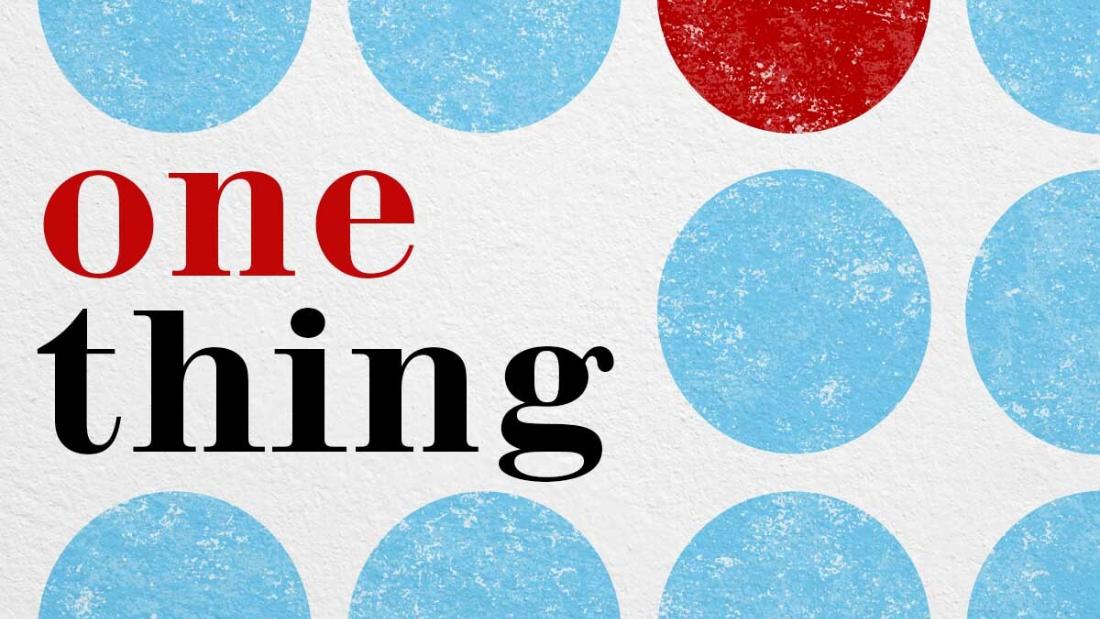EVER since the invention of the atomic bomb, we’ve lived with the terrifying spectre of one being dropped on Britain.
And since the invasion of Ukraine Putin has repeatedly threatened to deploy Russia’s nuclear arsenal – but what would happen if he sent a bomb flying to London at 9,000 miles an hour?
AFPRussia test fires an intercontinental ballistic missile from its nuclear deterrence forces[/caption]
Death and destruction on an unfathomable scale are just the flick of a button away.
Should Russian warheads be loaded and fired at the West, a doomsday protocol would be chillingly put into action.
What was once unthinkable, would now suddenly become reality.
While experts say a nuclear attack is still unlikely, the repercussions would be catastrophic.
Here, we reveal what would happen if Putin did push the red button, minute-by-agonising-minute…
DAY 1
2.40am: The attack begins
From his nuclear bunker deep inside the Kremlin, Vladimir Putin gives the order. He is most likely to strike at night, when our response time will be compromised.
Military officers confirm the command, and within moments, the launch codes are relayed to missile silos and submarines primed for war.
Russia’s doomsday protocol swings into action as nuclear warheads begin their final countdown.
Across the West, intelligence satellites detect the launch, triggering instant alerts among world leaders and military chiefs.
Within minutes, encrypted warnings are transmitted to the UK’s top security officials.
The Prime Minister is woken from sleep and, still in his pyjamas, rushes to the Pindar – a bunker five floors under the Ministry of Defence which will become the heart of what remains of government.
Above ground, the rest of Britain sleeps on.
2.45am: Public alert issued
Across the UK, an emergency government alert flashes on mobile phone screens, waking up millions of Brits in the middle of the night.
“National Emergency. Seek immediate shelter. Nuclear strike imminent,” the warning would read across people’s phones.
As panic spreads like wildfire, those in major cities like London, Birmingham, and Manchester barely have time to process the message before hell is unleashed.
In the capital, some know they have no chance of survival and hold each other close, choosing not to wake their sleeping children.
Others panic and hide in bathtubs and under door frames, futile gestures which will be no protection from a nuclear bomb.
Meanwhile, NATO scrambles its forces. A warning is raised across allied nations, with military leaders convening emergency calls to assess the scale of the threat.
The skies above Europe are flooded with surveillance aircraft as NATO’s missile defence systems go on high alert, though their ability to intercept Russia’s arsenal is woefully inadequate – nothing can be done to stop this.
RexLondoners would wake up to emergency government alerts on their phones[/caption]
3am: Fires ignite across London
Within minutes of the alert, Russian hypersonic missiles travelling at 9,000 miles an hour hit their targets.
The first strike is London, the Houses of Parliament.
A fireball one kilometre wide erupts over the city, instantly incinerating everything in its path.
Entire neighbourhoods vanish in a flash, and more than a million lives are snuffed out in seconds.
Anyone within the M25 will go blind if they witness the explosion – and it’s worse for those wearing glasses, for whom the flash will be magnified.
Seconds later a pressure wave of air from the bomb will travel miles, bursting eardrums of anyone left alive in the vicinity.
3.02am: Royals cower in tunnels
“London has a vast network of underground tunnels, so we could see the government trying to command the country from underground, and the Royals being able to shelter in these tunnels as well,” reveals Professor Anthony Glees, security and intelligence expert from the University of Buckingham.
“But the majority of civilians would have nowhere to go. There are no underground bunkers for the masses, and the infrastructure would collapse instantly.
The destruction is total: buildings are flattened, the government is gone, and London is reduced to ashes.
SplashThe British capital be obliterated as the nuke blast would kill and destroy anything in its way[/caption]
3.02am: Submarine fleet awaits orders
Britain’s Prime Minister Sir Keir Starmer faces an unimaginable decision: retaliate or accept annihilation.
The UK’s four nuclear-armed Trident submarines are stationed halfway through their patrol in the North Atlantic.
As the Commander of one submarine receives word of the London strike, the crew scrambles to make contact with Downing Street.
But as much as the UK has reason to fear the immediate devastation, Glees said the country’s key asset lies beneath the waves.
The UK’s Trident-equipped submarines could fire back with devastating force – ensuring Russia wouldn’t escape unscathed.
“The UK’s second-strike capability remains our lifeline, p a second strike,” says Glees.
GettyCrews across the UK’s four nuclear-armed Trident submarines would be waiting for the next move[/caption]
3.03am: Gridlocked roads as millions flee
As the nuclear explosion’s electromagnetic pulse (EMP) renders communication lines useless, mobile phones and radios die.
Emergency calls go unanswered, leaving people in the dark and cut off from help.
Cities are left without power, and transportation is at a standstill.
People in the south outside the immediate blast radius take to the roads in their millions, desperate to escape the imminent fallout.
In countries like Russia, especially during Soviet times, emergency systems like steam trains have been prepared for such an eventuality.
But in the UK, the lack of such backstops means that roads are clogged and electric cars fail to start, adding to the nationwide chaos.
3.15am: The fallout begins
Radioactive debris begins to fall, raining down on London and its surrounding areas.
Buildings, earth, and even vaporised human flesh are carried on the wind, spreading a toxic cloud.
In five minutes the cloud has travelled beyond London, threatening East Anglia with deadly radiation.
Anyone outside would inhale plutonium, leading to an agonising death just hours later.
Survivors would face long-term suffering, from radiation sickness to deadly cancers.
And another 10 minutes later, London’s Underground becomes no safe refuge either.
As survivors huddle in the overcrowded tunnels, chaos reigns and fights break out.
The city has now effectively become a radioactive wasteland.
3.45am: Vomiting outside the death zone
Around half an hour after exposure to radiation, people outside the capital – now a barren waste land with no survivors above ground – begin vomiting in agony. Death is not far away.
Carried on a north-easterly wind, the cloud of plutonium travels further up the country, soon reaching the midlands.
3.50am: The ‘shoot-to-kill’ order
The government moves to seal the perimeter of London.
What remains of the army is deployed to the edge of the capital with strict orders- ‘shoot-to-kill’. This is to prevent the escape of radioactive survivors, as military personnel wear protective masks.
Iodine tablets are also distributed in unaffected regions, offering protection against radioactive iodine, which can cause thyroid cancer.
However, for those already exposed, the pills are useless.
4am: The BBC’s message to the nation
By 4am, the BBC’s crisis broadcast system in areas such as Worcestershire begin transmission with a simple but chilling message: “Go in. Stay in. Tune in.”
The government’s priority shifts to managing the consequences of the strike, establishing response centres across the UK for radiation cleansing and survivor evacuation.
11am: Nightingale Hospitals set up
With the death toll aleady in the millions, the government enacts plans for pop up “Nightingale” Hospitals like those used in Covid to treat the millions of people suffering radiation sickness.
“The physical toll on the population would be catastrophic,” says Glees, “and even if survivors managed to find shelter, they would live with the horrific consequences of radiation exposure for years.”
After hours of failed communication with the Prime Minister, the crew of a Trident submarine initiates the retaliatory strike, as authorised by the “letter of last resort.”
The attack sends a message to Moscow: Russia will not escape unscathed.
GettyThe crew of a Trident submarine would launch a retaliatory strike if they don’t manage to communicate with the PM[/caption]
APThe strike would be authorised by the ‘letter of last resort’[/caption]
6am: NATO in, Washington out
The repercussions would ripple worldwide.
NATO members will mobilise quickly, with the UK and France holding the fort in Western Europe with the biggest nuclear arsenal.
Seth Baum, a catastrophic risk expert highlights the complexities of retaliation.
He said: “NATO’s response would have to be carefully calibrated to avoid an all-out nuclear war.
“The policy challenge for NATO becomes, how do you make a response that is appropriate given the horrible attack that was just committed and that punishes Russia appropriately without avoiding an escalation that nobody wants?
“And that’s a tricky thing to do.”
AFPUS President Donald Trump would probably leave America out of Europe’s mess, an expert said[/caption]
TWO WEEKS LATER: Food shortages
Two weeks later, the UK remains a desolate wasteland.
The death toll surpassed a million, and London’s remnants are buried under layers of radioactive dust.
Survivors in rural areas struggle to find food and clean water, as supplies dwindle and aid is non-existent.
The government, operating from remote bunkers, can do little to restore order.
In the aftermath of this unprecedented attack, the world has irrevocably changed.
Russia’s allies would waste no time in pursuing their own goals.
China would push to seize Taiwan amid the chaos, seeing an opportunity to expand its influence.
Iran would be busy recalculating its strategy and focusing on its internal weakness caused by Benjamin Netanyahu’s Israeli forces.
APChina wouldn’t waste time in making moves towards Taiwan[/caption]
AFPPutin’s pal Kim Jong un could also try and seize South Korea amid the nuclear chaos[/caption]
APIran, meanwhile, would have been too weakened by Israel to join the mess[/caption]
“Iran has been weakened in recent years by Israeli military successes in Gaza and Lebanon,” Glees says.
“The Ayatollahs’ regime is teetering on the brink, and a nuclear confrontation would only accelerate its demise.”
Meanwhile, North Korea would have the “perfect timing” to take control of turmoil-hit South Korea as impeached president Yoon Suk Yeol was finally arrested.
“Kim Jong-un will see this as an opportunity to move south,” Glees explains.
“With the West distracted, he’ll try to take control of South Korea and its wealth, destabilising the entire region.”
And this would trigger a global arms race, with nations across Europe, Asia, and the Middle East scrambling to arm themselves with nuclear capabilities, Baum said.
The world would fall into a new era of military escalation, as weakened Britain desperately tries to rebuild itself.
Fears loom of World War Three
By Sayan Bose, Foreign News Reporter
IT is believed the world is closer to a full-fledged global war than it ever was since World War Two.
Russia’s invasion of Ukraine in 2022 initially raised questions but ongoing conflicts involving Iran and the Middle East, China and Taiwan, and North Korea have the world holding its breath.
It’s been almost two years since Russian President Vladimir Putin launched a large-scale invasion of Ukraine and tensions between Russia and the West continue to rise.
Many fear the crisis in Ukraine could still develop into a wider armed conflict, with officials warning that further escalation could see the bloodiest conflict in Europe since WW2 if resulting in nuclear war.
North Korea is also ready to pounce on the West as Putin’s alliance with deranged leader Kim Jong-Un continues to grow.
Putin has already unleashed North Korean rockets in Ukraine, killing hundreds in an unprecedented development.
But Kim has also threatened to start a war of his own after labelling South Korea his “principal enemy” – adding that the nuclear weapons at his disposal are not to be ignored.
This came just days after his sister and prominent ally – Kim Yo-Jong – vowed to unleash an “immediate military strike” on neighbouring South Korea over the “slightest provocation”.
Meanwhile, the Middle East has become a tinderbox ready to be sparked at any minute.
What started as an Israeli retaliation against evil Hamas has now spilt to become a major regional conflict.
Iraq, Syria, Yemen and Lebanon have all been dragged into the conflict as have the UK and US.
Across the Asian continent, fears continue to mount over a possible Chinese invasion of Taiwan.
Beijing has already threatened to spark “uncontrolled escalation” and all-out warfare over one “misunderstanding”, as President Xi Jinping looks to stamp his authority.
Taiwan’s Democratic Progressive Party swept to victory in their elections – meaning there will now be at least four more years of limited to zero dialogue with Beijing.
The result has sparked concerns that there might be conflict with China if the DPP refuses to resume tense peace talks.
Chinese officials described the 2024 election as a choice “between war and peace” in a chilling warning shot to Taiwanese voters.
The nation is feared to be a major flashpoint between the US and Beijing – with a potential invasion forcing the US to abandon the island or face a full-scale war with China, which could have devastating consequences.
Amid the backdrop of China’s imperialistic behaviour in the South China Sea, Xi may also leverage India’s territorial disputes with Pakistan to strong-arm New Delhi.
And China may use the opportunity to try and capture Arunachal Pradesh and Aksai Chin – a region that the communist regime wrongly claims to be its own – from India.
What would happen if World War 3 started?
With the advancement of technology and modern weaponry, World War 3 could be the deadliest of all wars ever fought in the history of mankind.
We could see unparalleled levels of suffering, the displacement of millions, severe food insecurity, and disruption to essential services.
It is predicted that in the event of a nuclear war between the US and Russia, an estimated 99 per cent of the population in the belligerent countries, as well as Europe and China, would die.
Other attacks across the globe could result in catastrophic events – upending the structure of society completely.
Published: [#item_custom_pubDate]














